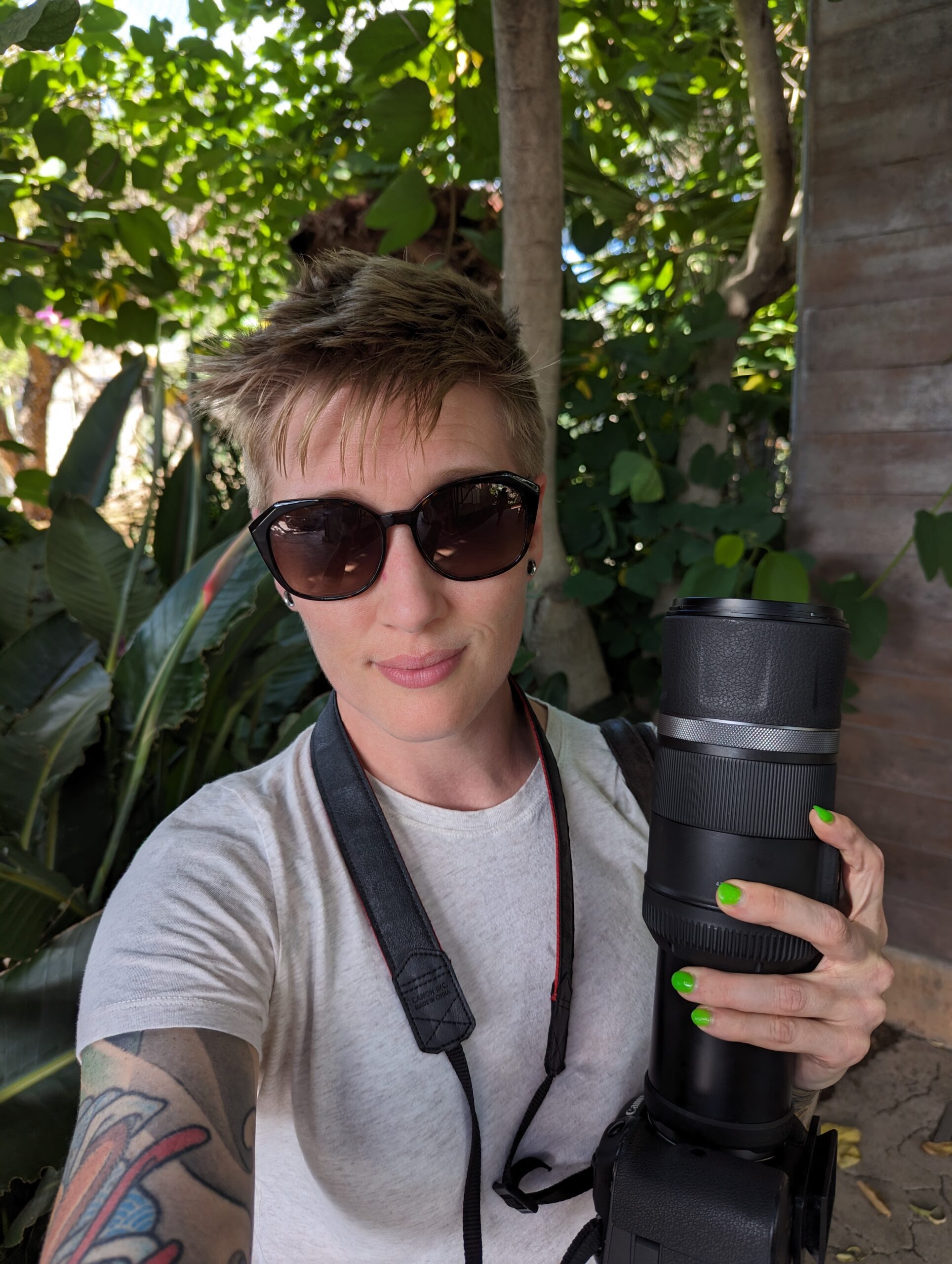The year my dad made us “Friends of the Zoo” at our local Kansas City Zoo was one of the most memorable of my childhood. I recall frequent visits to see nature programs on the giant IMAX screen. Eleven-year-old me was delighted to meet the Kratt brothers, of “Kratts’ Creatures” fame, against the backdrop of one of their children’s educational programs. I watched their show on public television every day after school while watching my little brother and waiting for Dad to come home from work.
I coveted my growing Wildlife Fact File, eagerly awaiting the arrival of the next packet of inserts to pore over and file between the tabs in the three-ring binder for the short time I received them in the mail. I observed robins, blue jays, and Canada geese in my neighborhood, dutifully capturing my field notes. Every book I checked out from the library and every “independent study” project I chose at my elementary school tied back to animals.
When visiting my mom’s house in the mid-1990s, she had an early Acer PC with Encyclopedia Britannica in two compact discs. I hungrily devoured information about nature, the creatures that live within it, and how to conserve it. Her dad, my Grand Dad, the outdoor humorist, hunter and conservationist, taught me the principles of animal stewardship from the beginning. He took my brother and me fishing at the Mabes’s pond and to Missouri River Relief clean-up missions, teaching us about the impact on local wildlife.
All that to say – I am not casual about animals. My youth experiences with nature and wildlife helped me connect intimately with and care deeply about their survival.
I recently returned to San Diego to speak at a conference and planned two extra days into the trip to spend at the world-famous San Diego Zoo, from open to close. Traveling alone allowed me to spend as much time with each animal as I wanted, waiting patiently for different behaviors and gestures to photograph.
One of the most striking things about this wildlife portrait project was the tragic realization that so many of the species I photographed are vulnerable, threatened or endangered to some degree. Some have even had subspecies go extinct already. Habitat loss from climate change and deforestation, commercial over-exploitation and illegal wildlife trade, the introduction of invasive non-native species, pollution, and disease threaten the survival of these animals.
I am thankful for the opportunity to have photographed these animals while they still survive, and my motivation to do my part to protect them is stronger than ever. I hope to inspire the same passion and care in others through my photography and writing that I felt as a child and continue to feel to this day.
Below are portraits of 36 of the more than 650 exotic wildlife species and subspecies guests can see and learn about at the San Diego Zoo, with their designated conservation status, according to international conservation organizations like the International Union for Conservation of Nature and World Wildlife Federation and country-specific wildlife organizations.
Monkeys & Great Apes
Sumatran Orangutans (Critically Endangered)
Sumatran orangutan siblings Aisha (9) and Kaja (2) are very close and frequently found snuggling and playing.

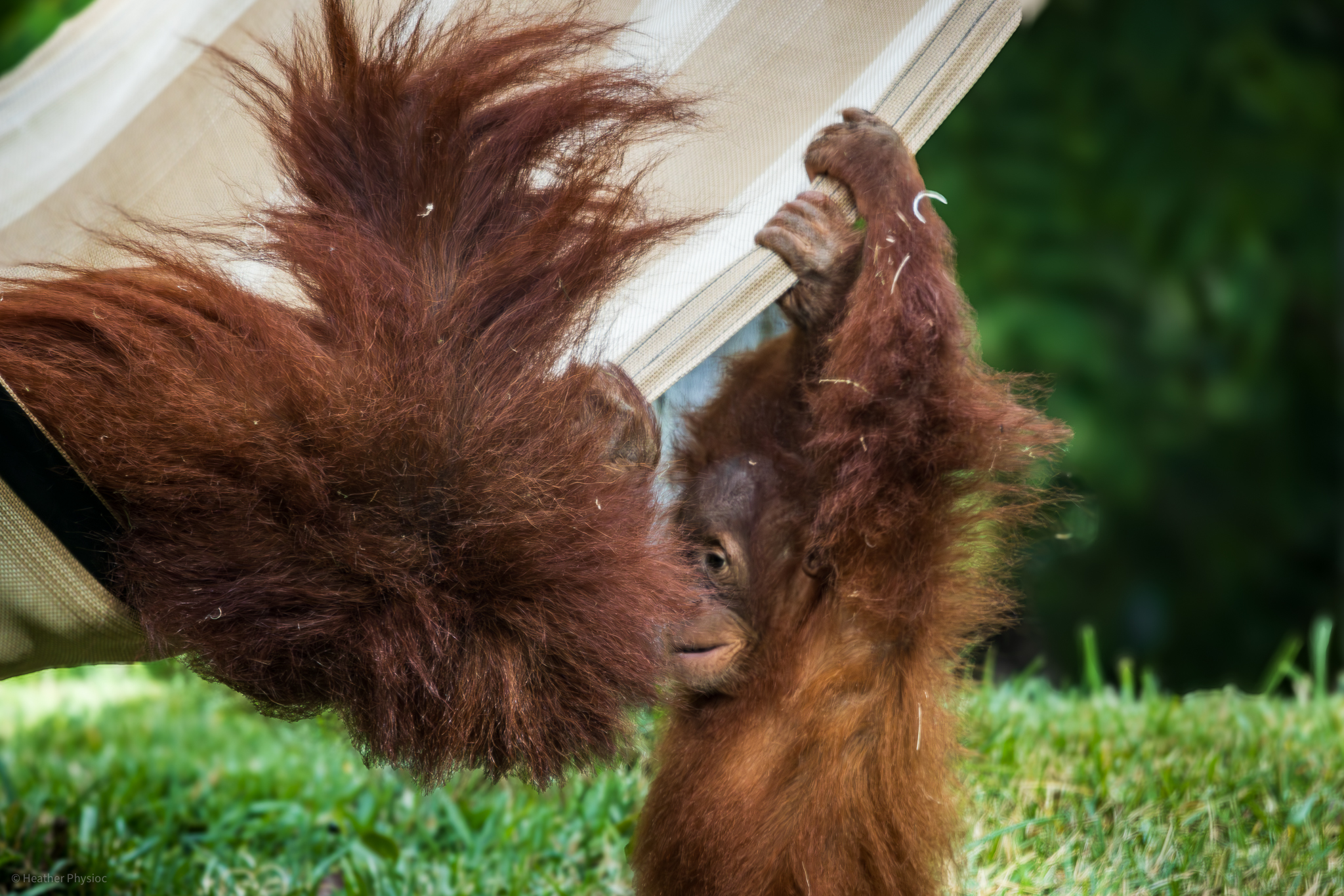
Black-horned Capuchin Monkey (Vulnerable)
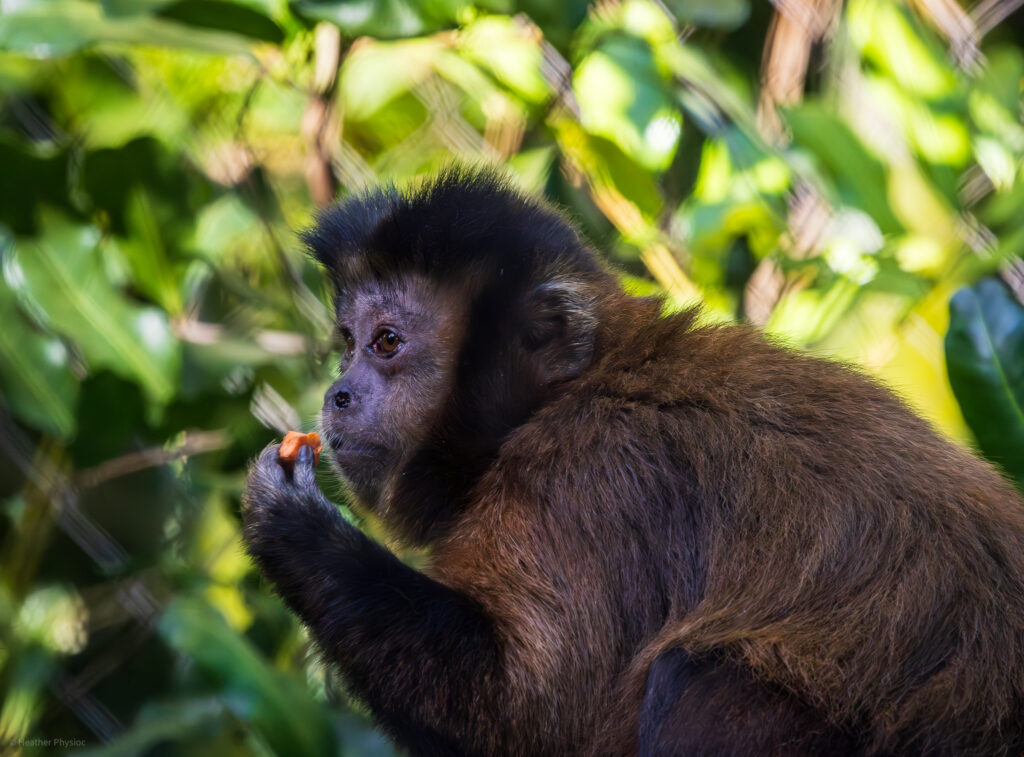
Hamadryas Baboons
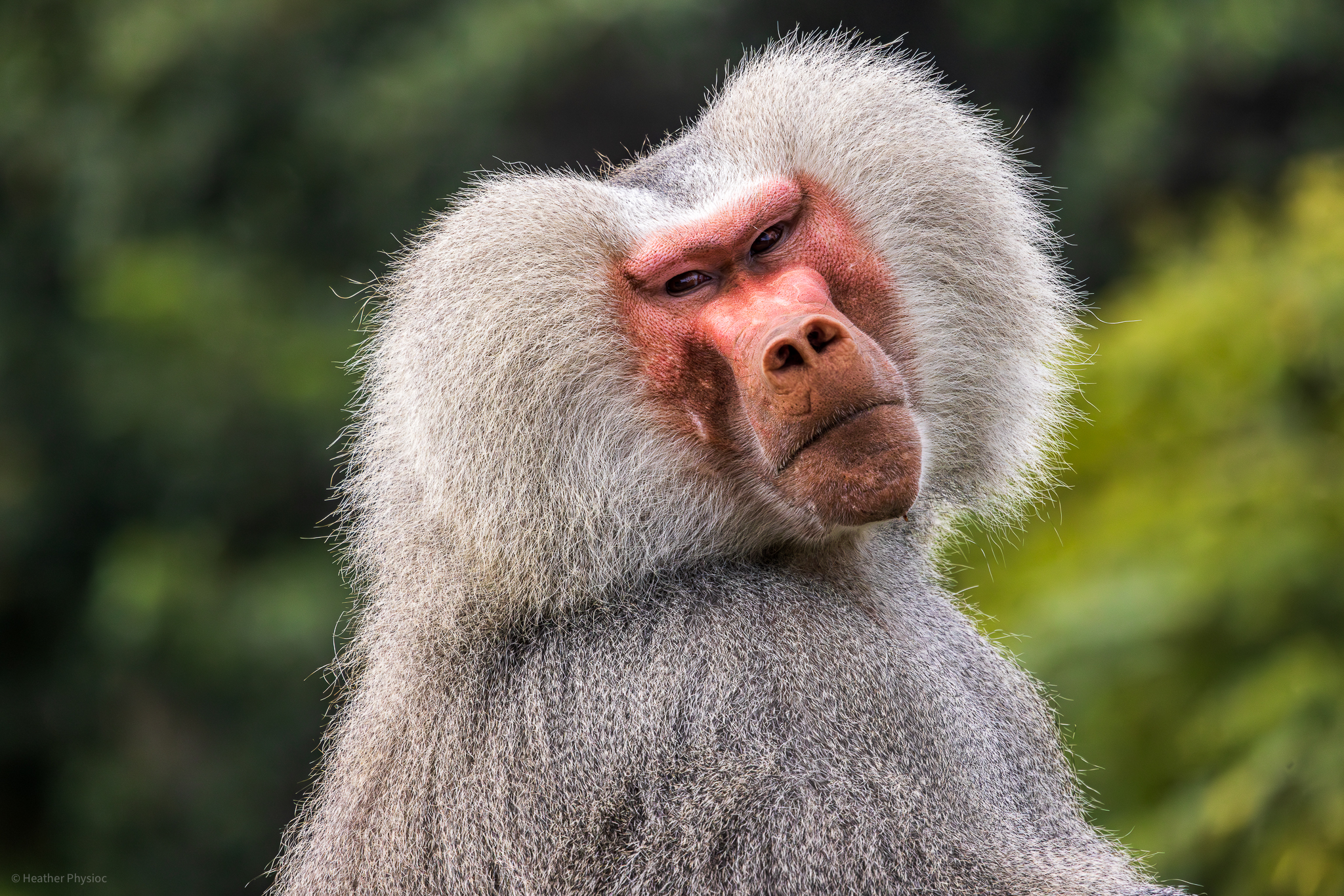
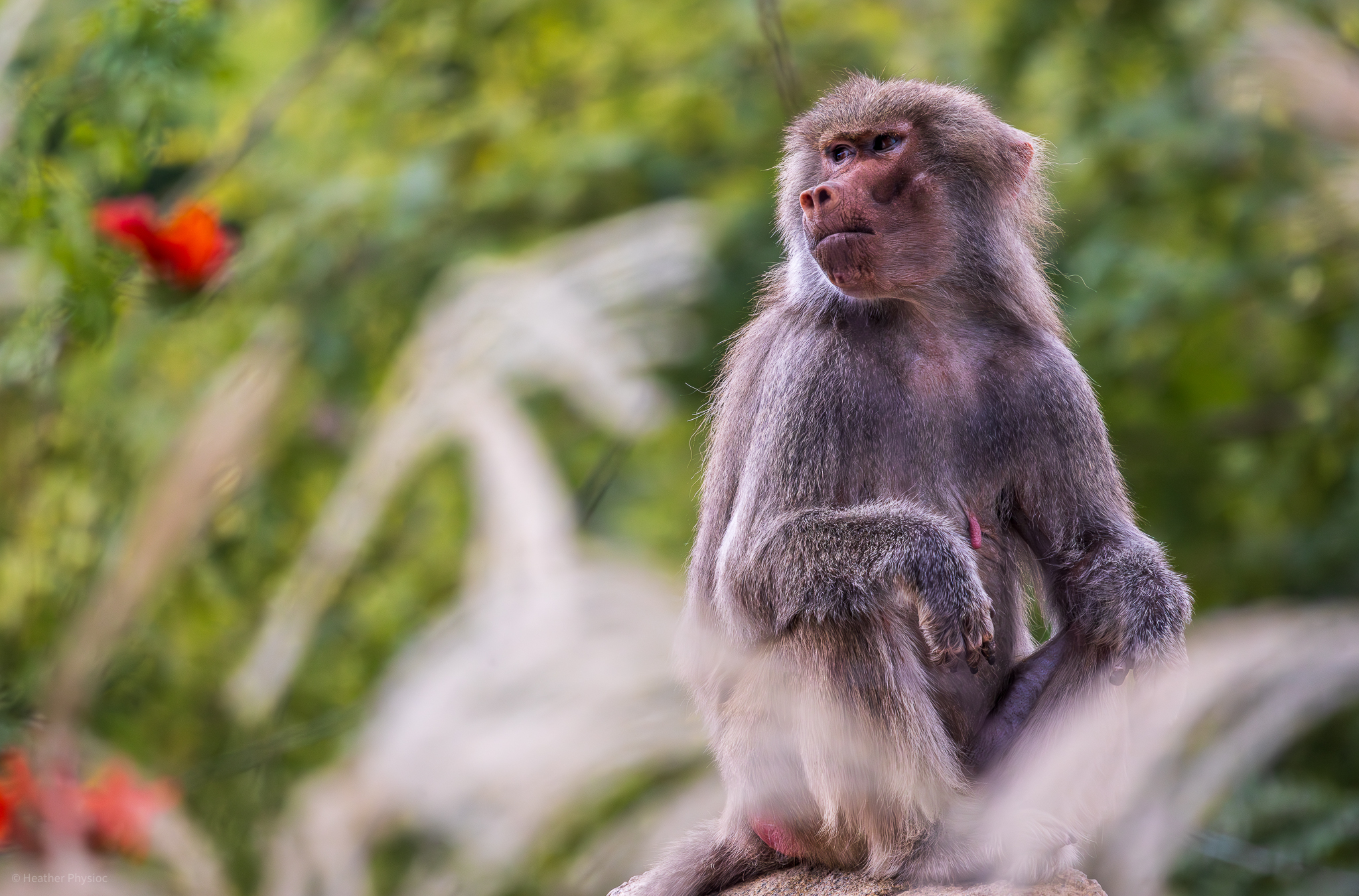
Angolan Colobus Monkey (Vulnerable)
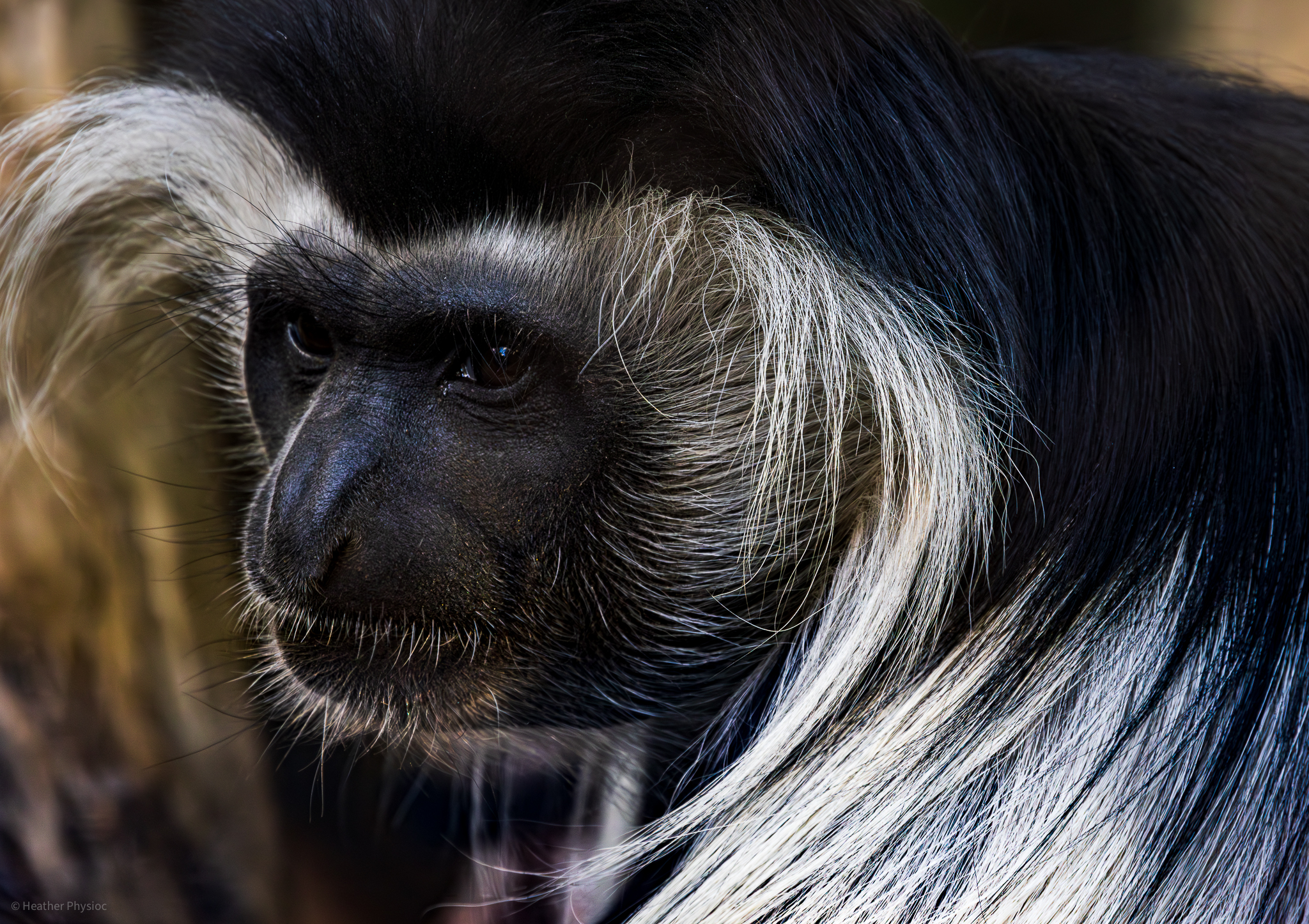
De Brazza’s Monkey
The first De Brazza’s monkey to be born in the zoo in 26 years to Lillie & Augustus in November 2023. It will stay close to its mother until it’s weaned at about a year.
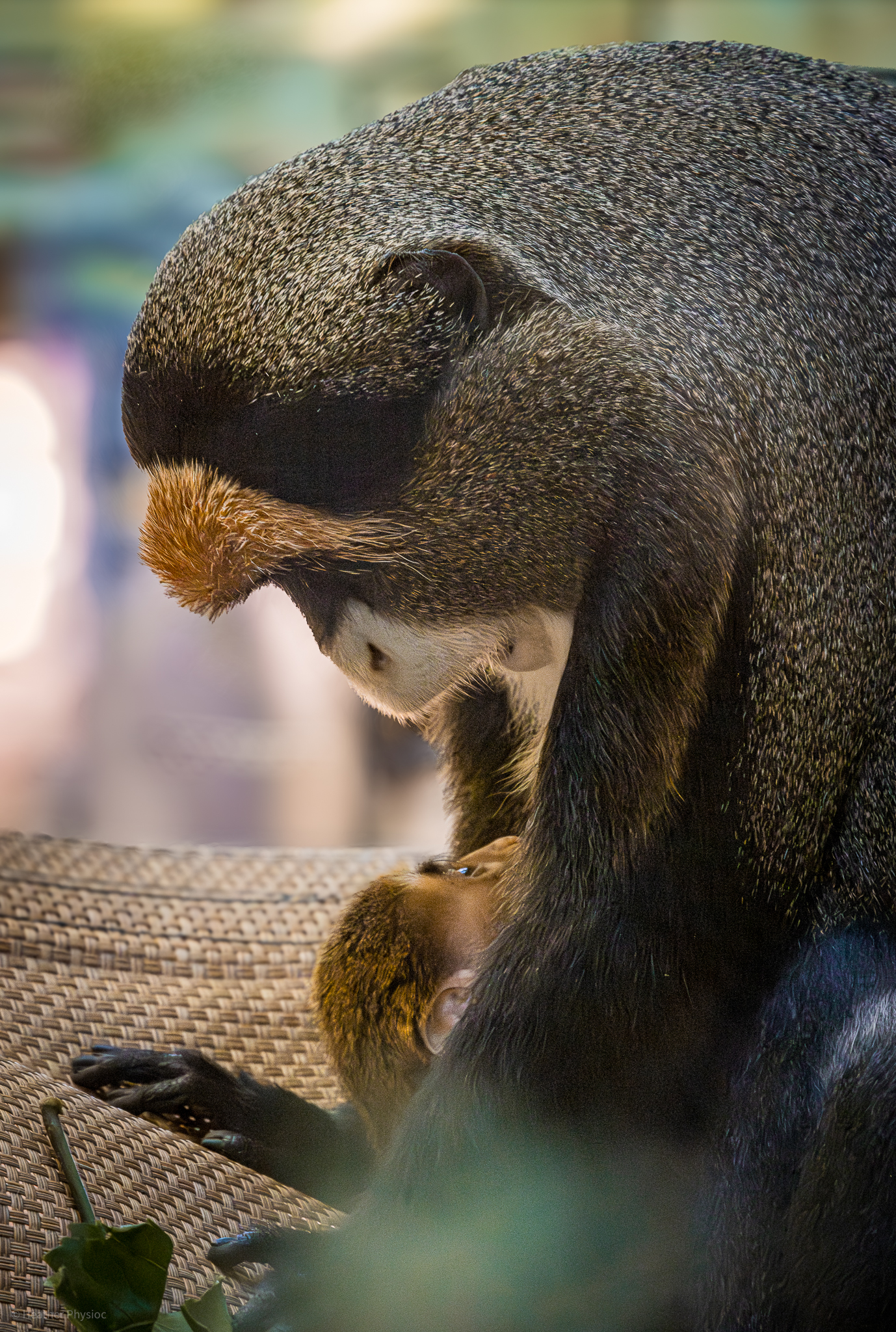
Red-Tailed Monkey
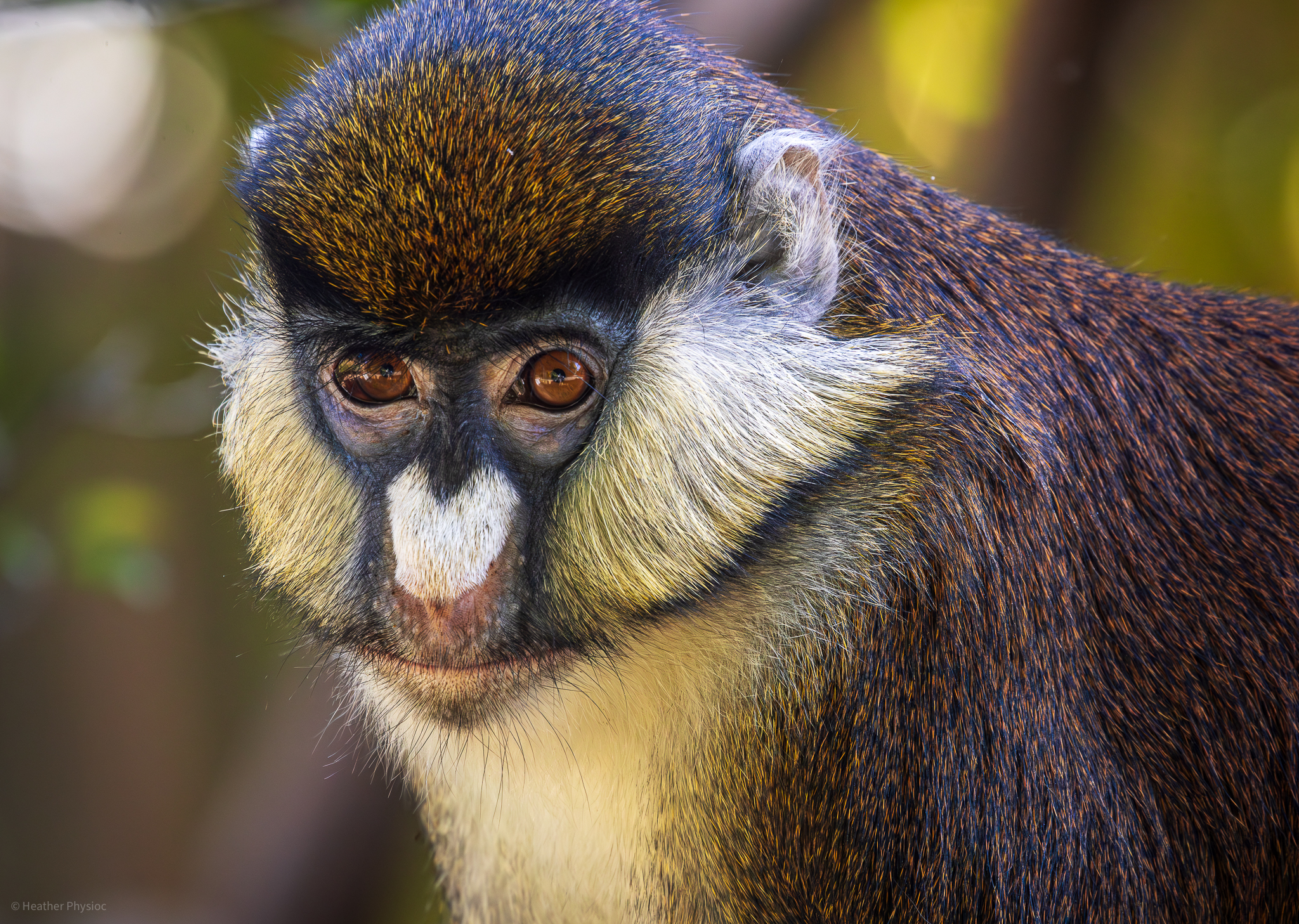
François’ Langurs (Endangered)
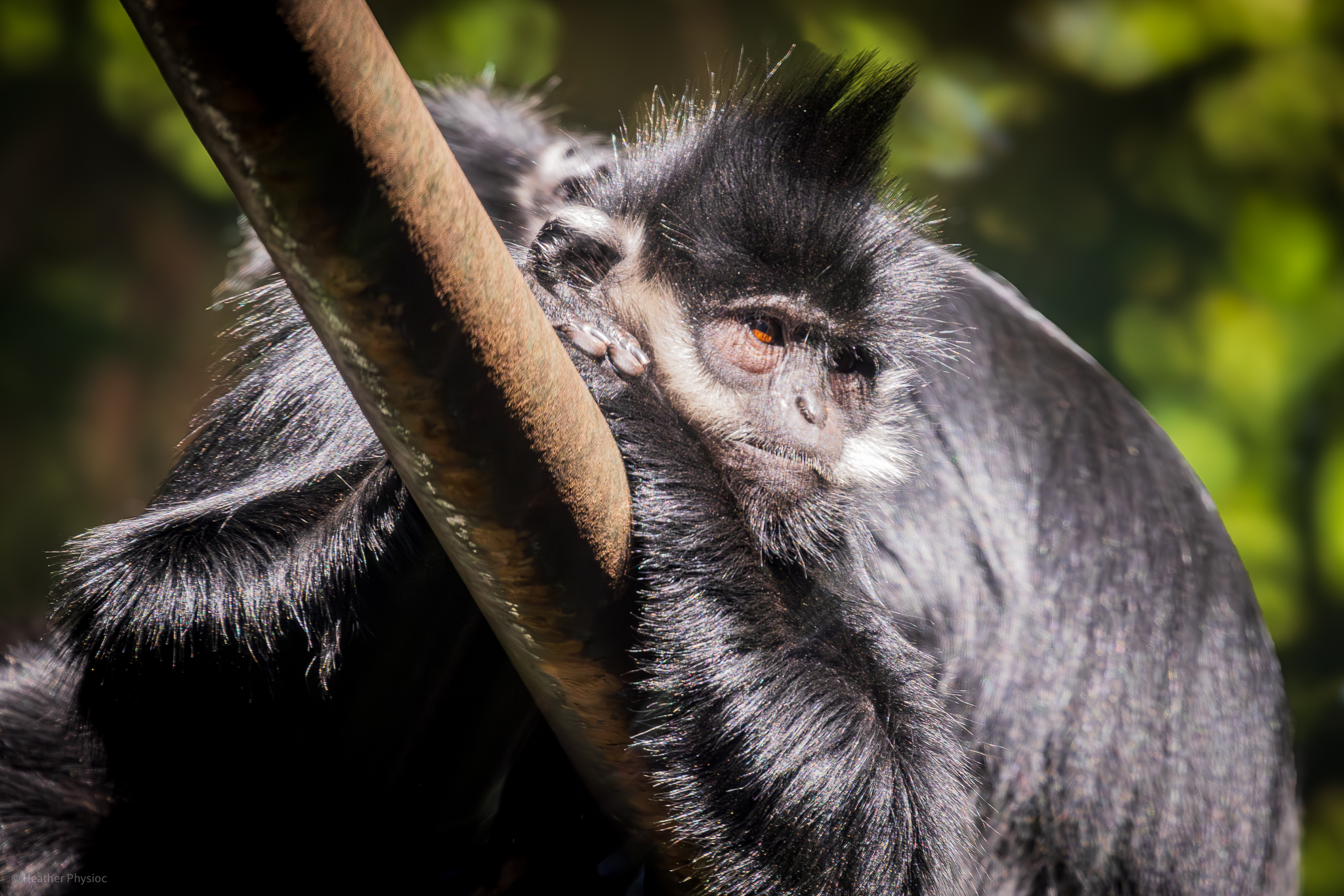
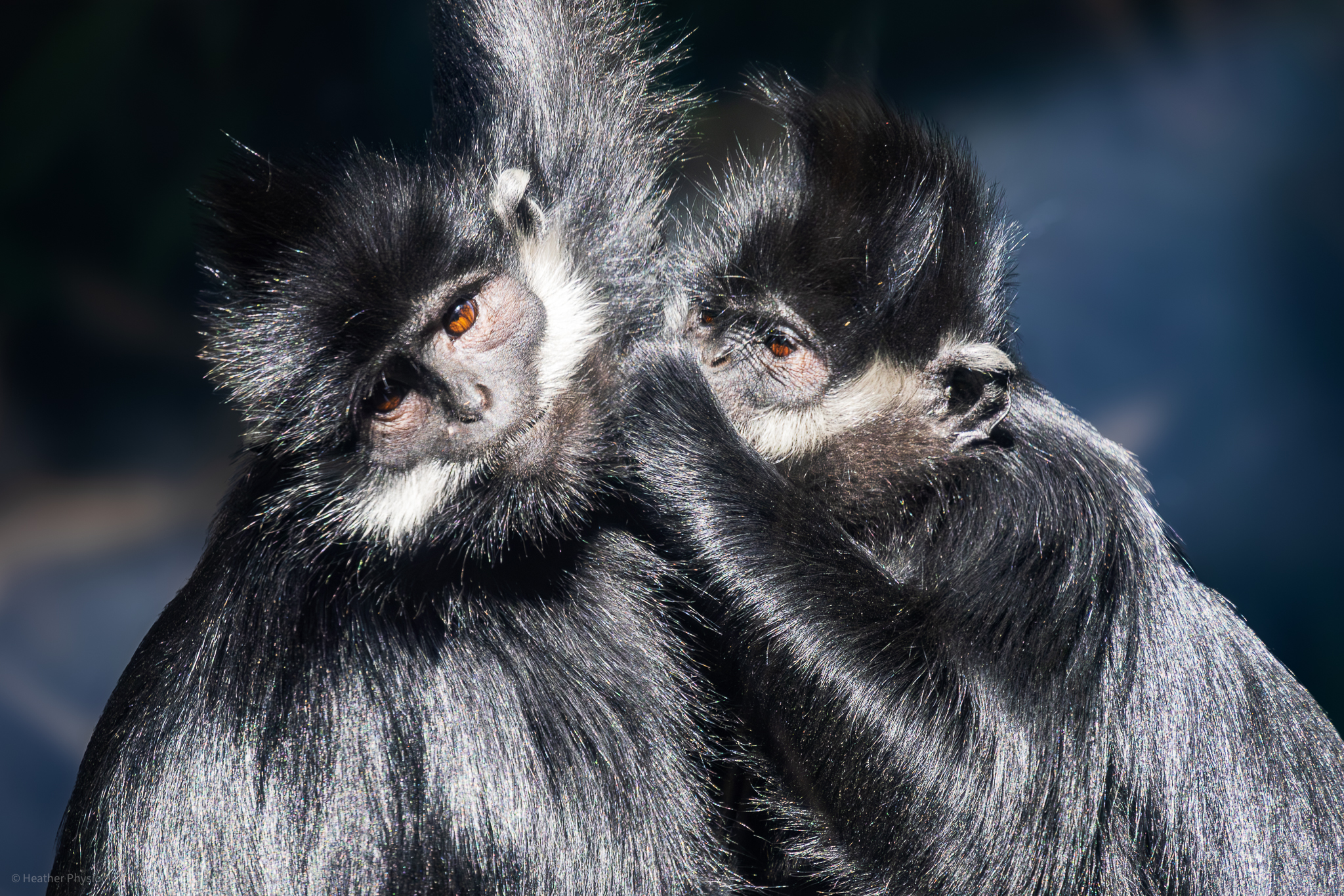
Big Cats
Amur Leopard (Critically Endangered)
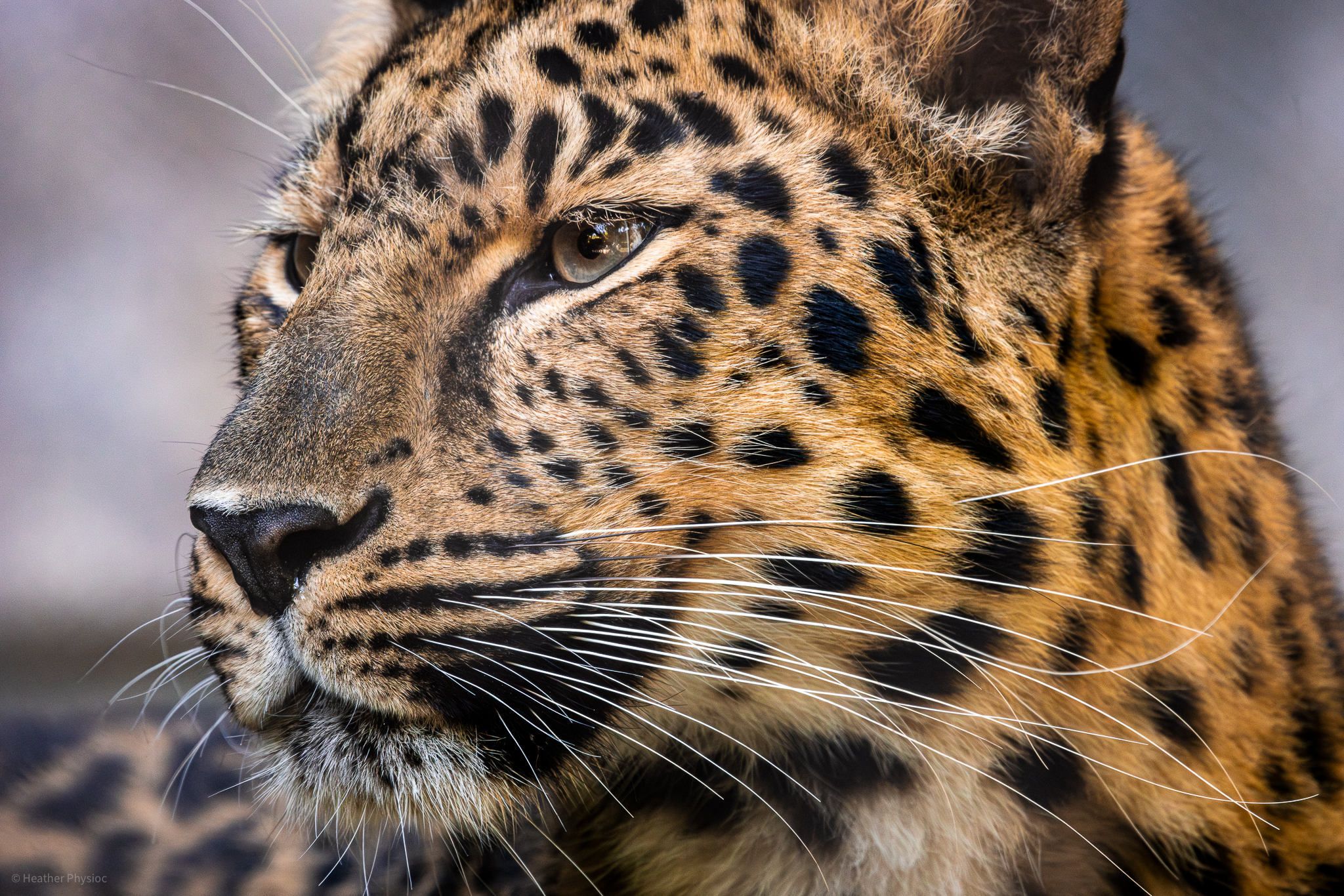
Sumatran Tiger (Critically Endangered)
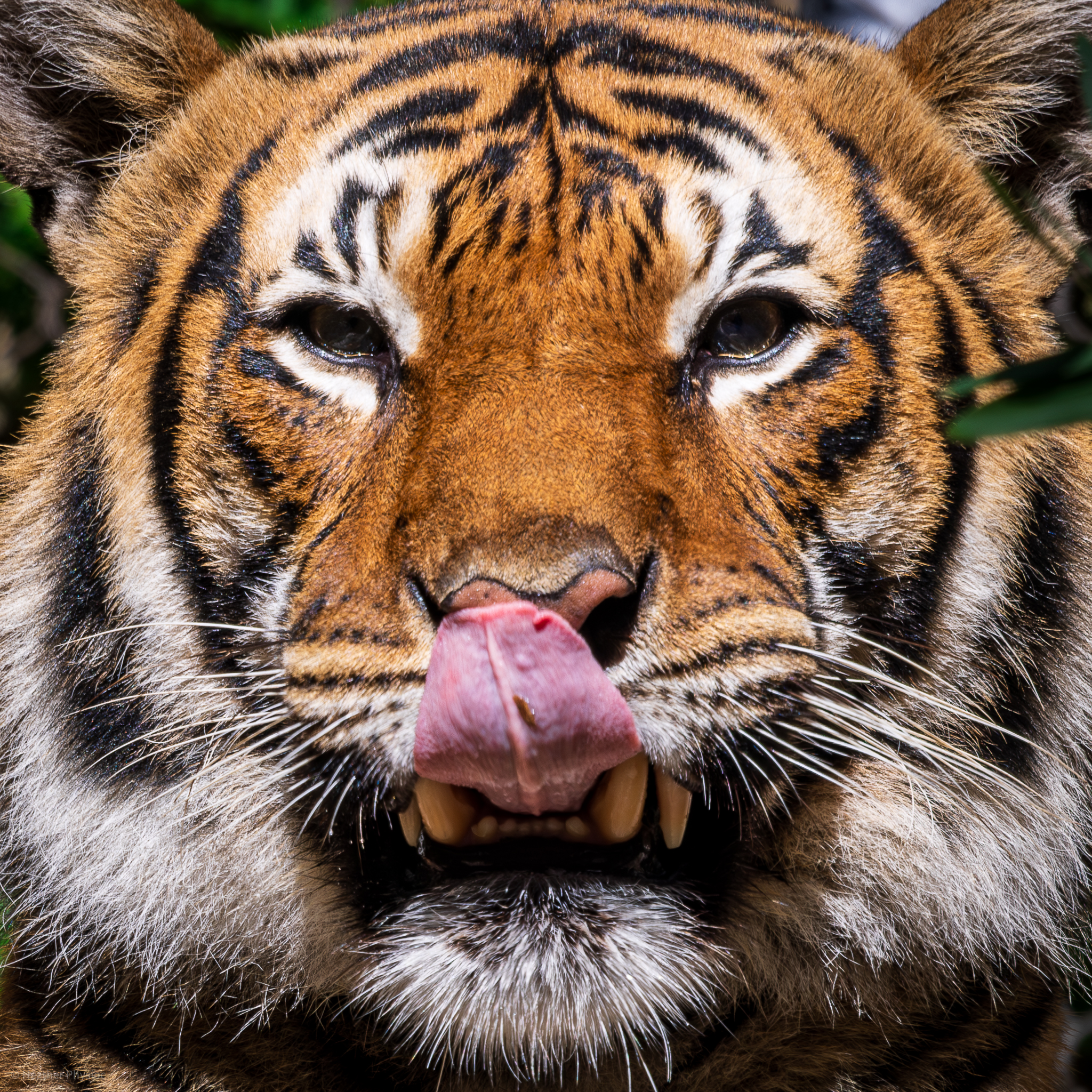
Cheetah (Vulnerable)

Lion (Vulnerable)
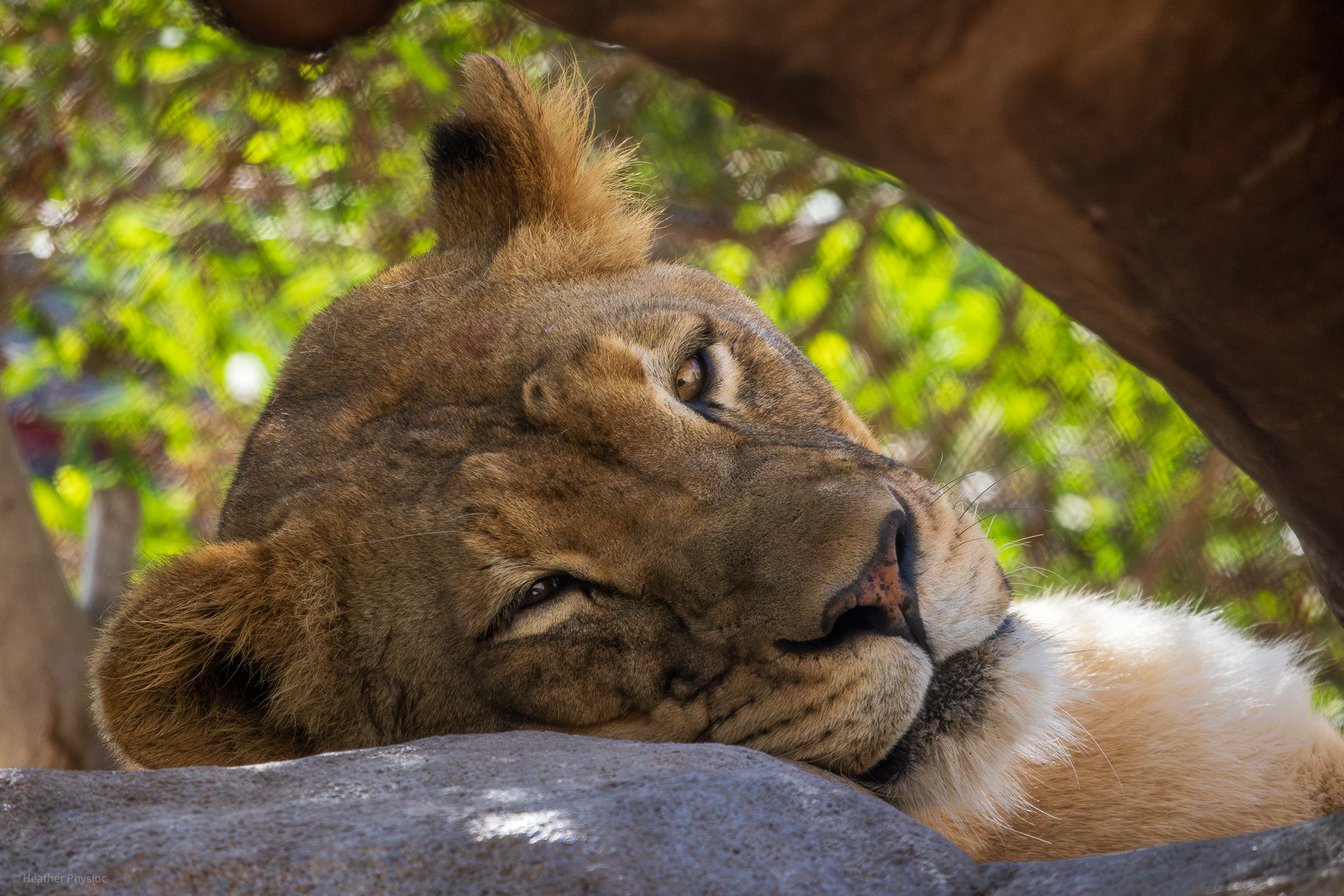
Caracal
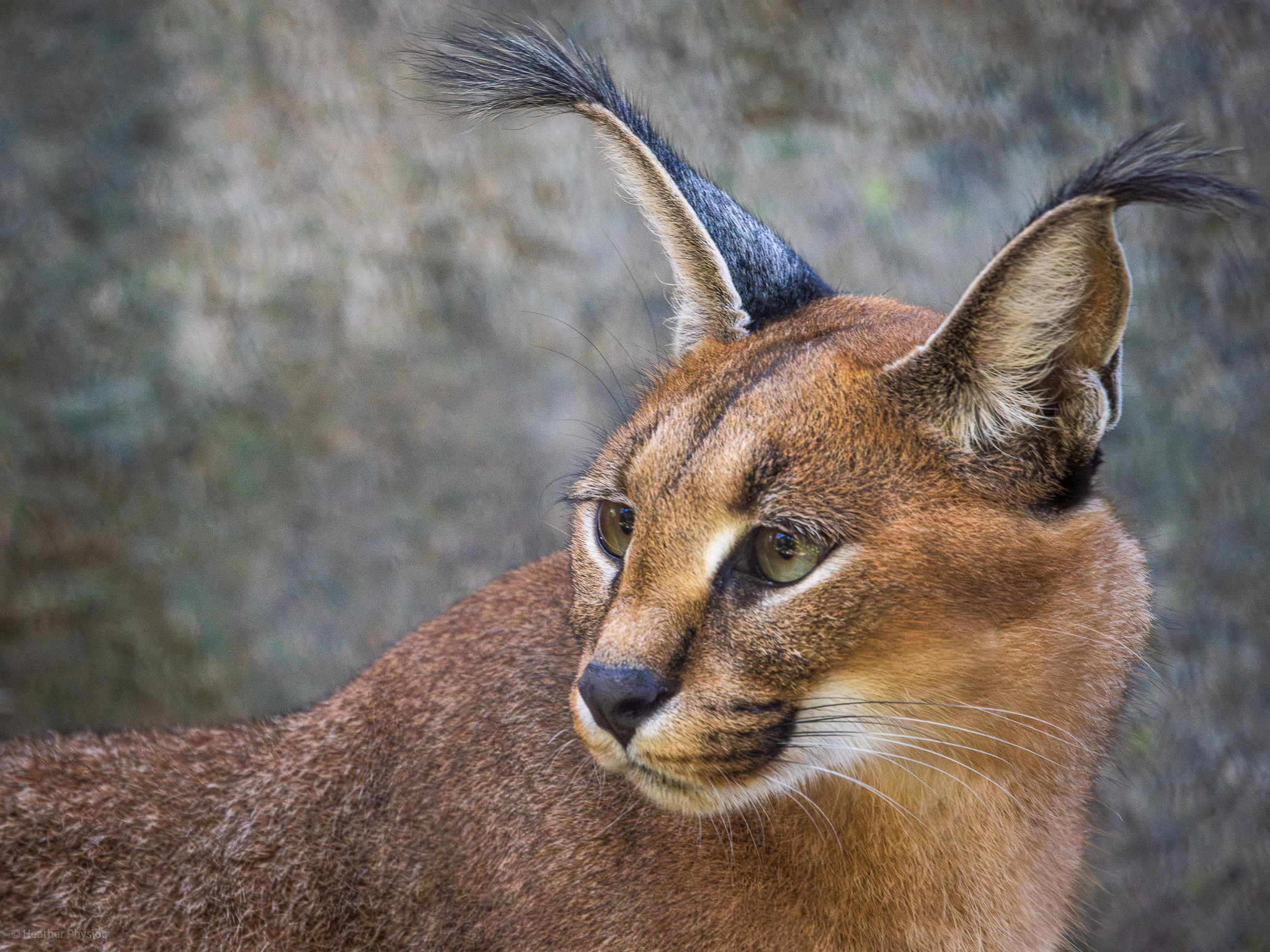
Cougar (Puma, Mountain Lion)
Depending on where you are in the world, this big cat may be known as a cougar, puma, mountain lion, panther, mountain cat, catamount, and any other number of names.
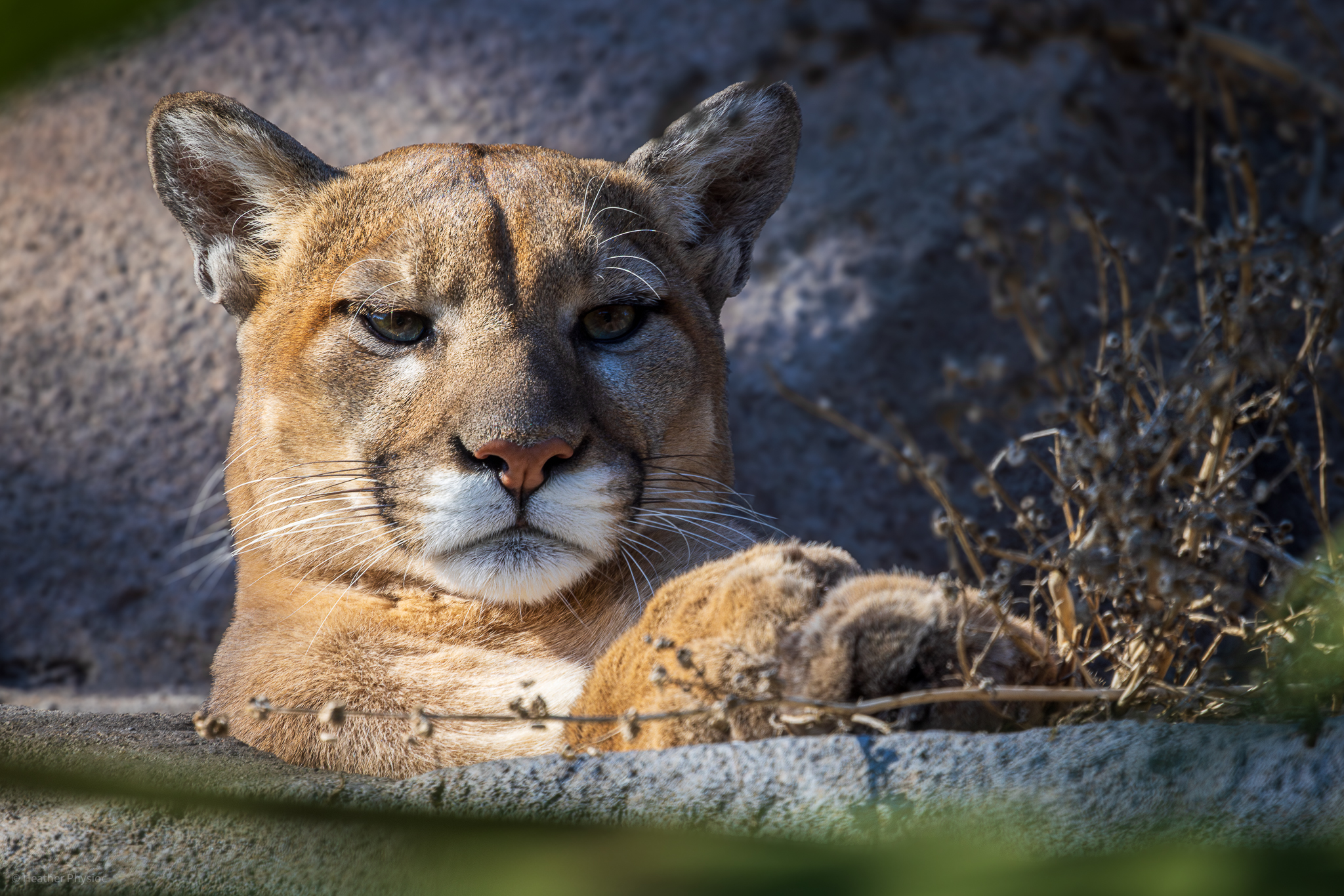
Birds
Flamingos (Near Threatened)
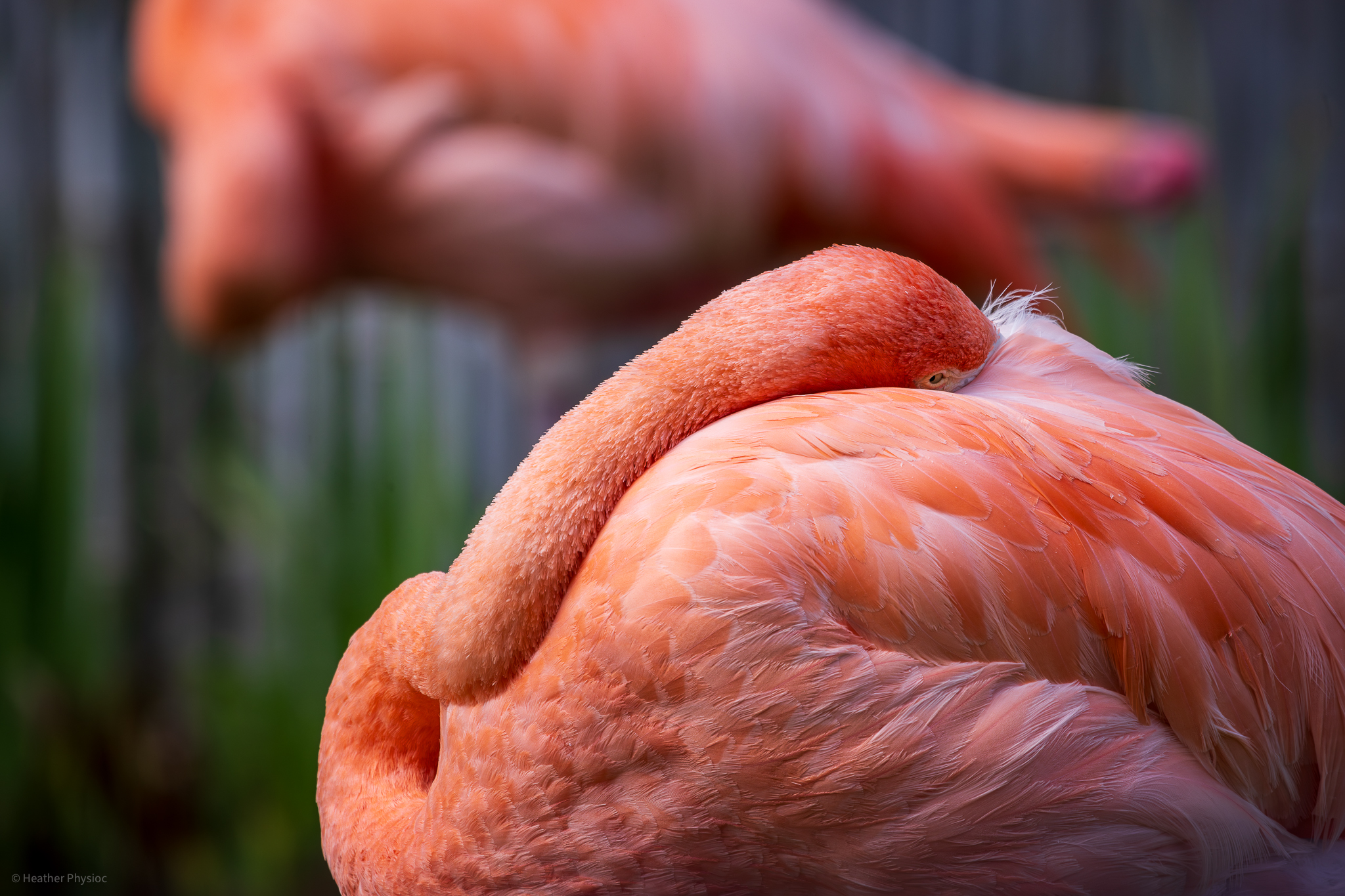
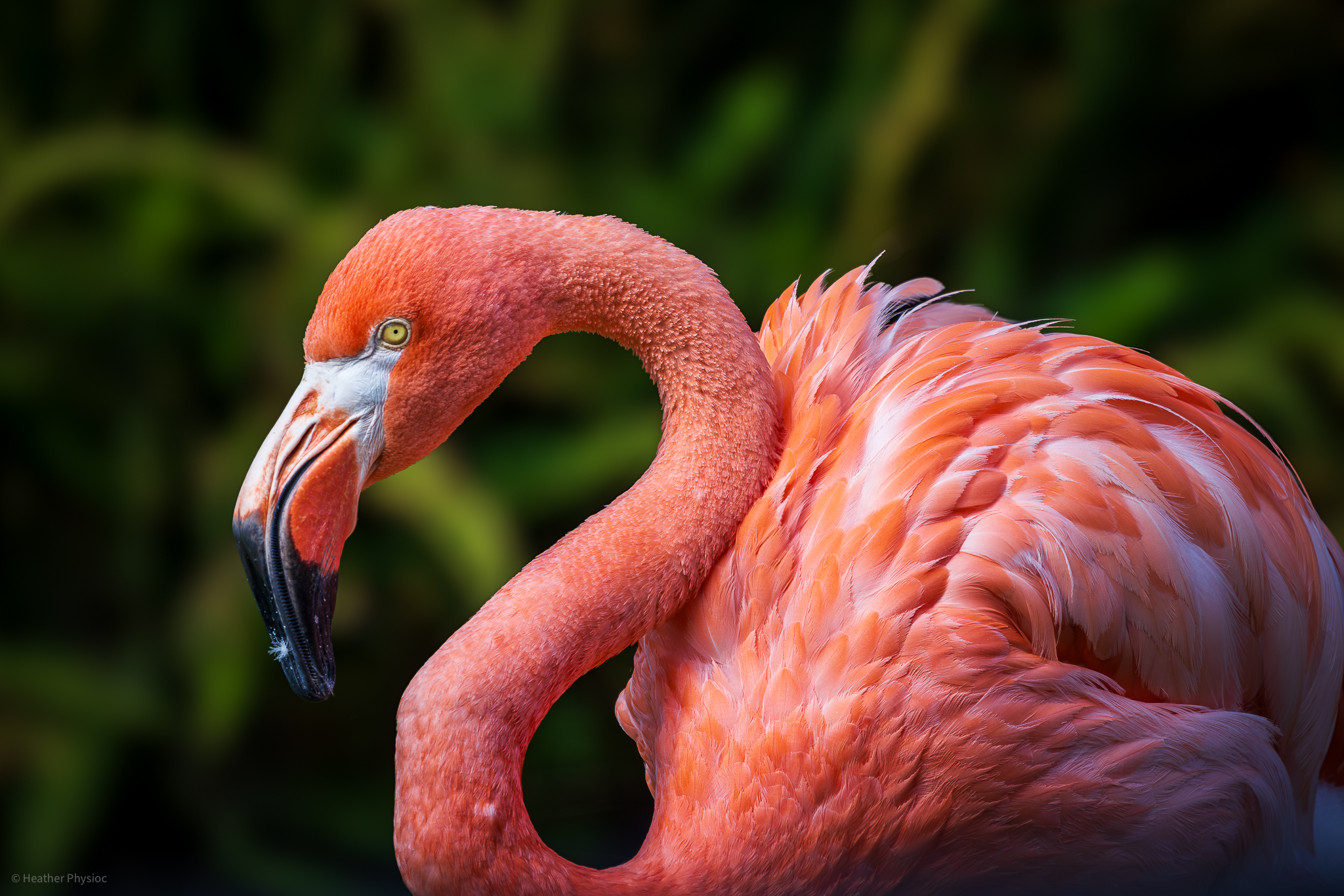
Kookaburra
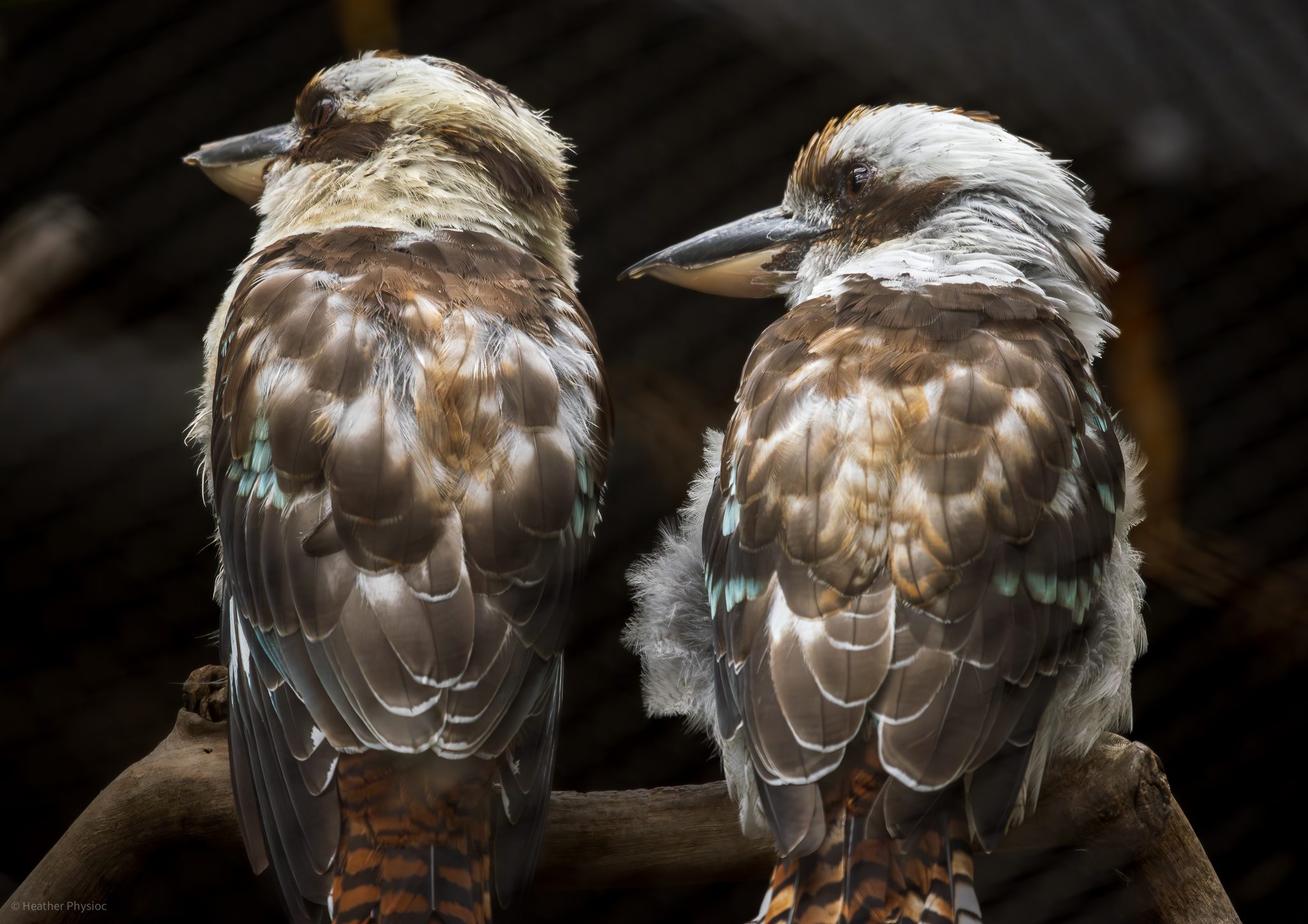
Heron snatching a minnow
This is not a heron exhibit. This is not a zoo-bound heron. I captured this image in an alligators and terpins exhibit. Come feeding time for the reptiles, zookeepers are shooing away wild herons who have been waiting for this moment to wade into the water and skim their cut of the take. Here, the heron is frozen in motion while the minnow flaps for the last time. The heron swallowed it down in one gulp.
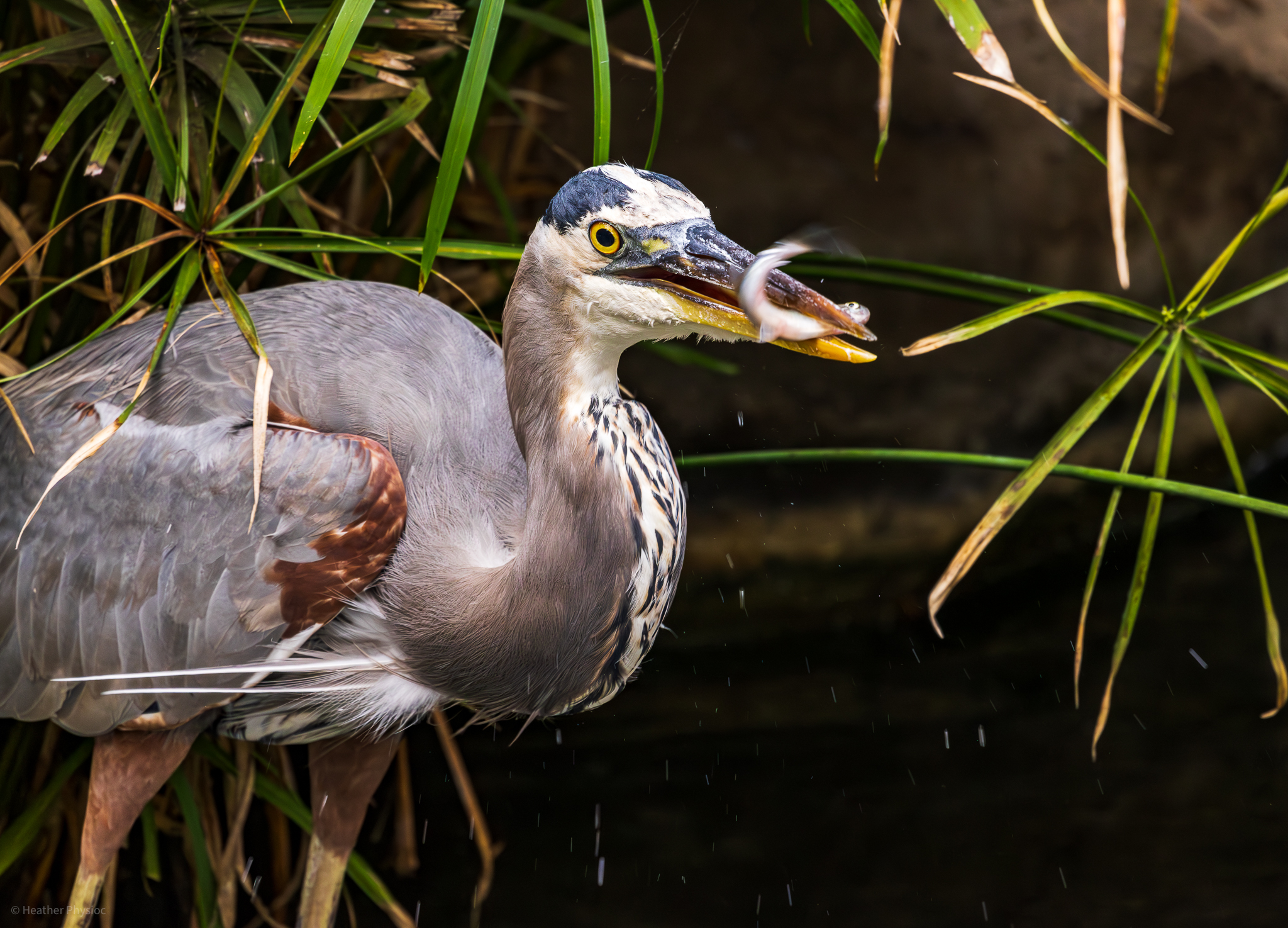
Great cormorant
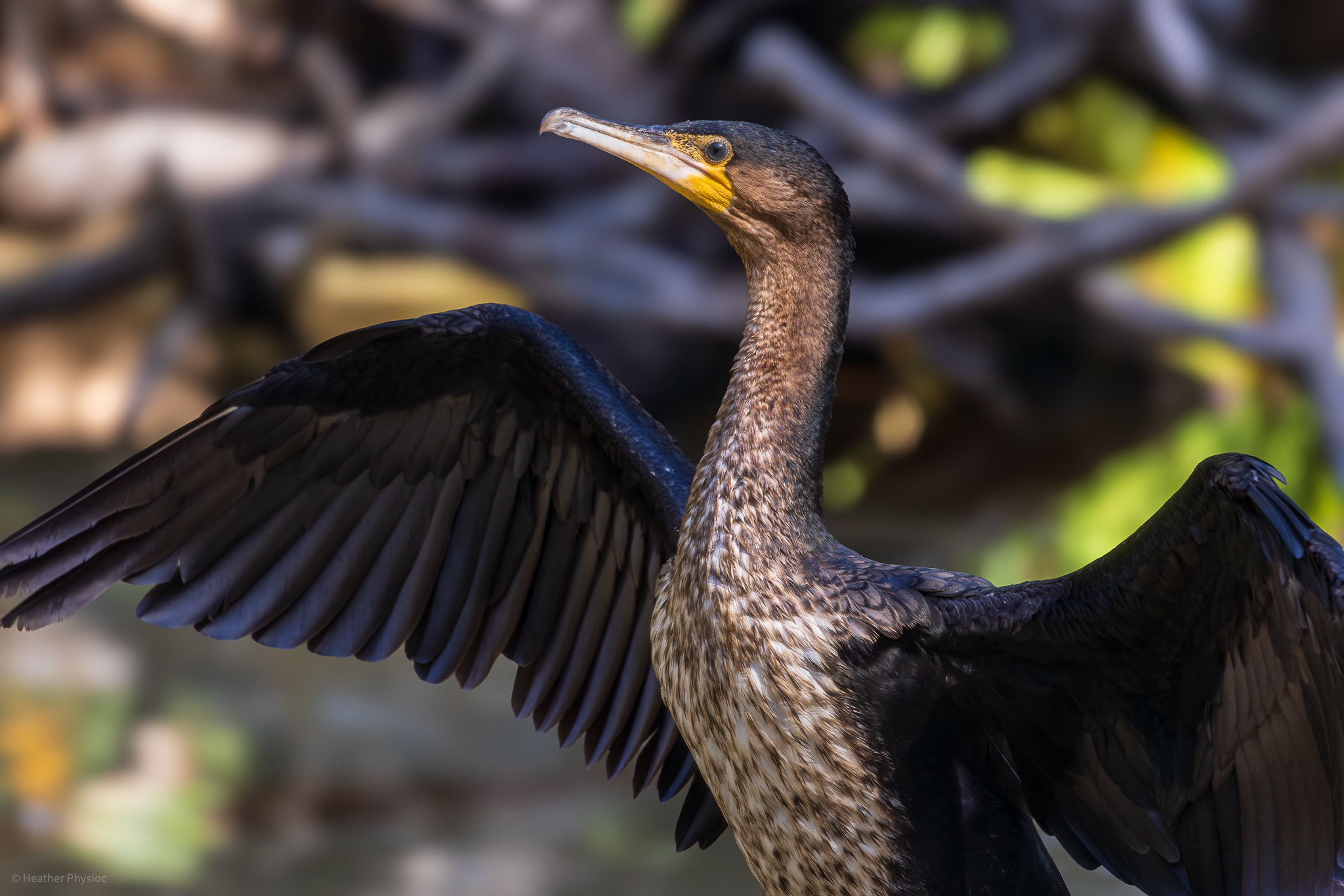
Anna’s hummingbird
Of course, I captured the Anna’s hummingbird in its full, colorful shine given the ease and opportunity in the enclosed aviary. However, I also wanted to experiment with a black-and-white image of the tiny perched bird, something unconventional. I found I appreciated its fluffy texture and how the white feathers behind the eyes make it look like a cartoon.
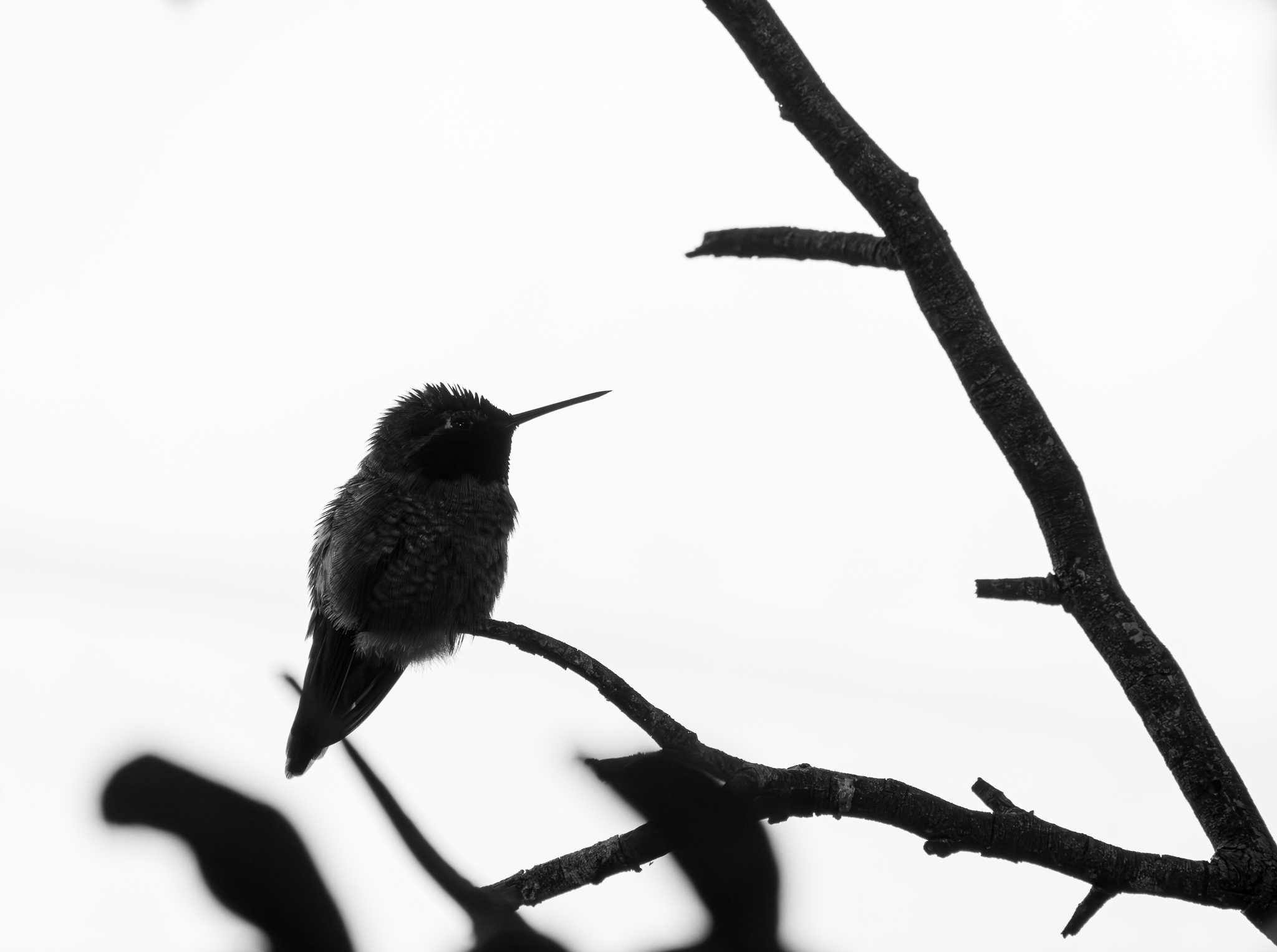

Wattled Jacana Bird
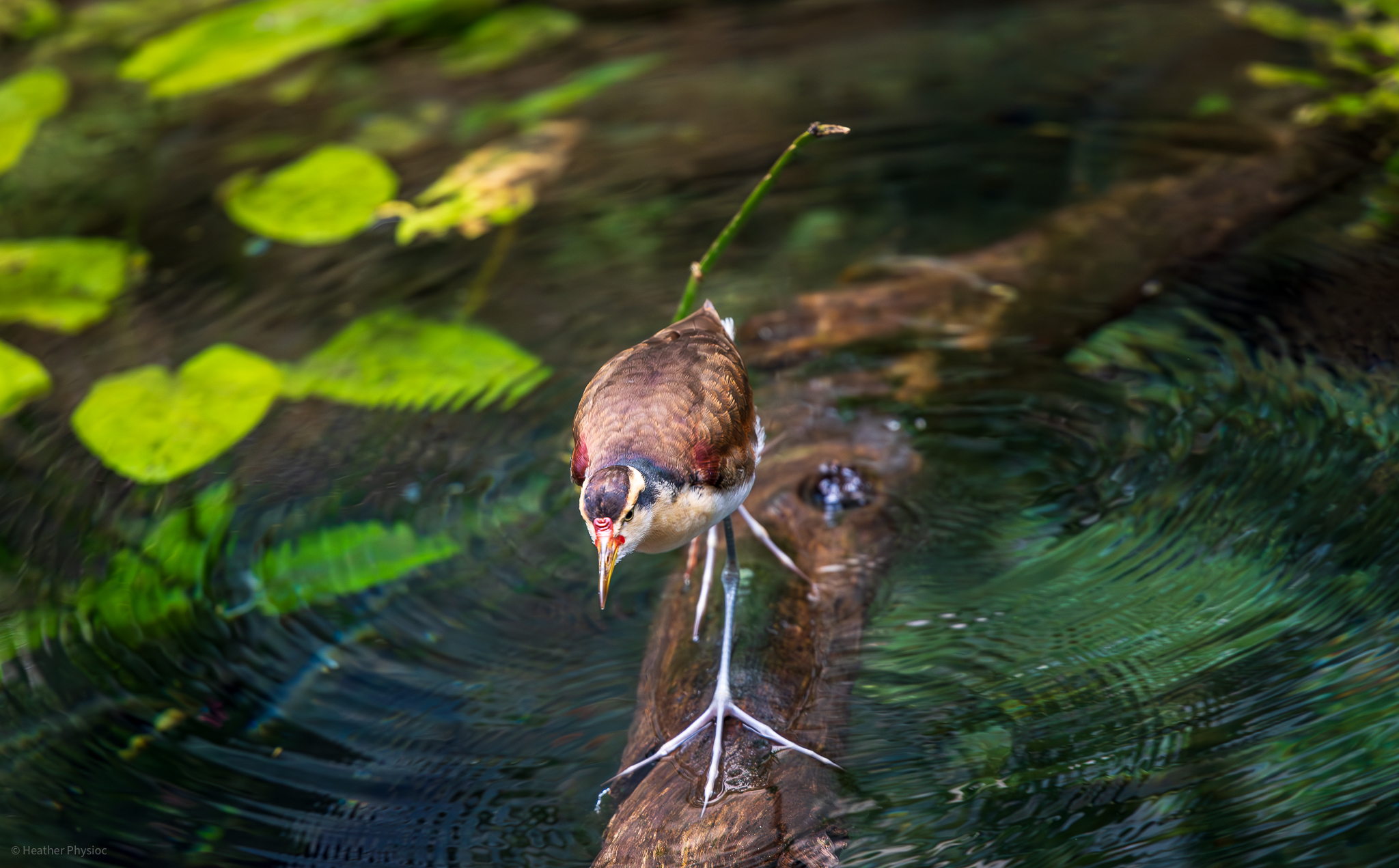
Reptiles
Gálapagos Tortoises (Critically Endangered, with 4 species extinct)
These truly gigantic Galápagos tortoises are estimated to be more than 100 years old. Females can average 250 pounds, and males can reach twice that! The San Diego Zoo has had more than 90 successful hatchings of this endangered species since its first in 1958.
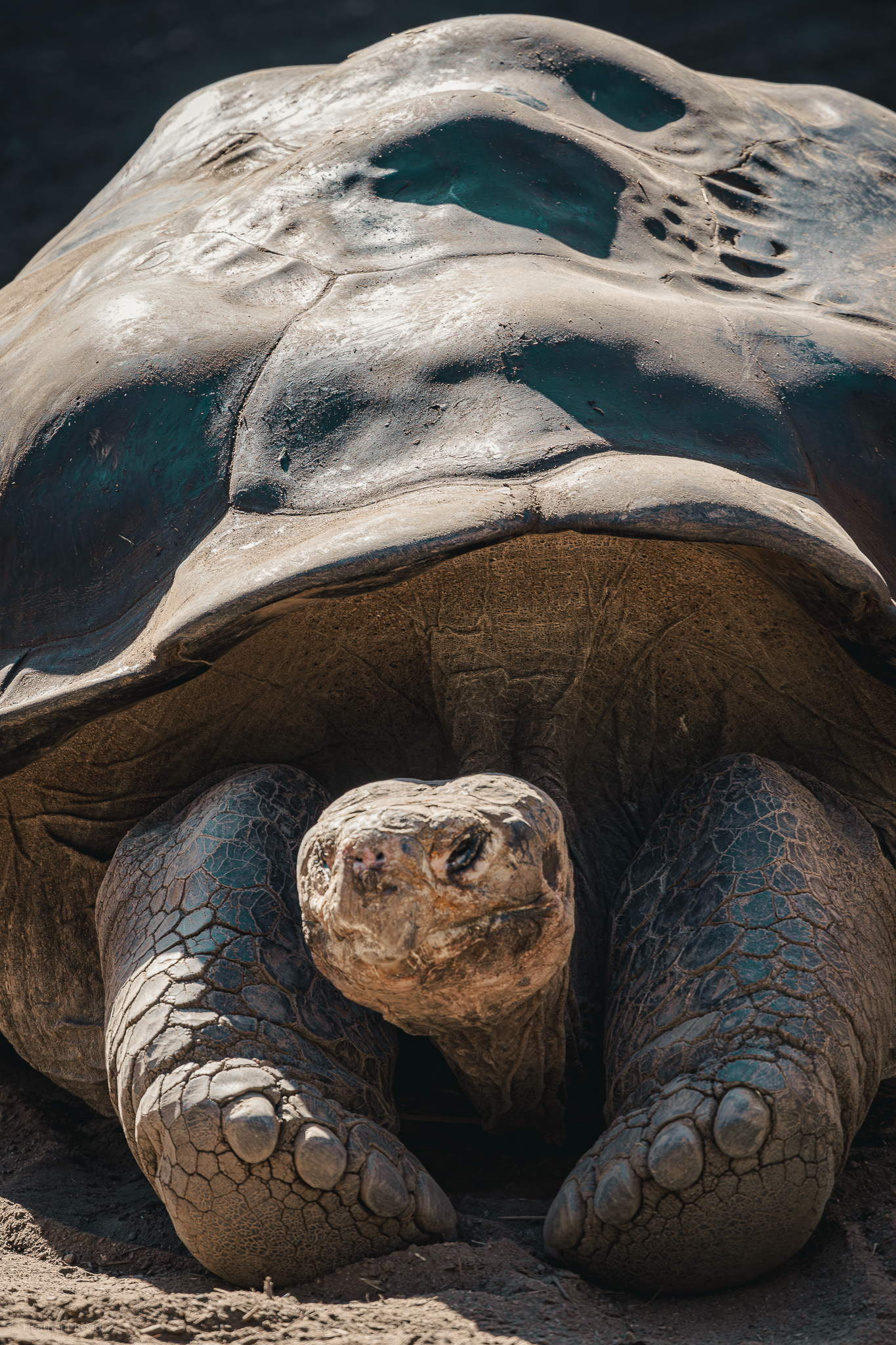
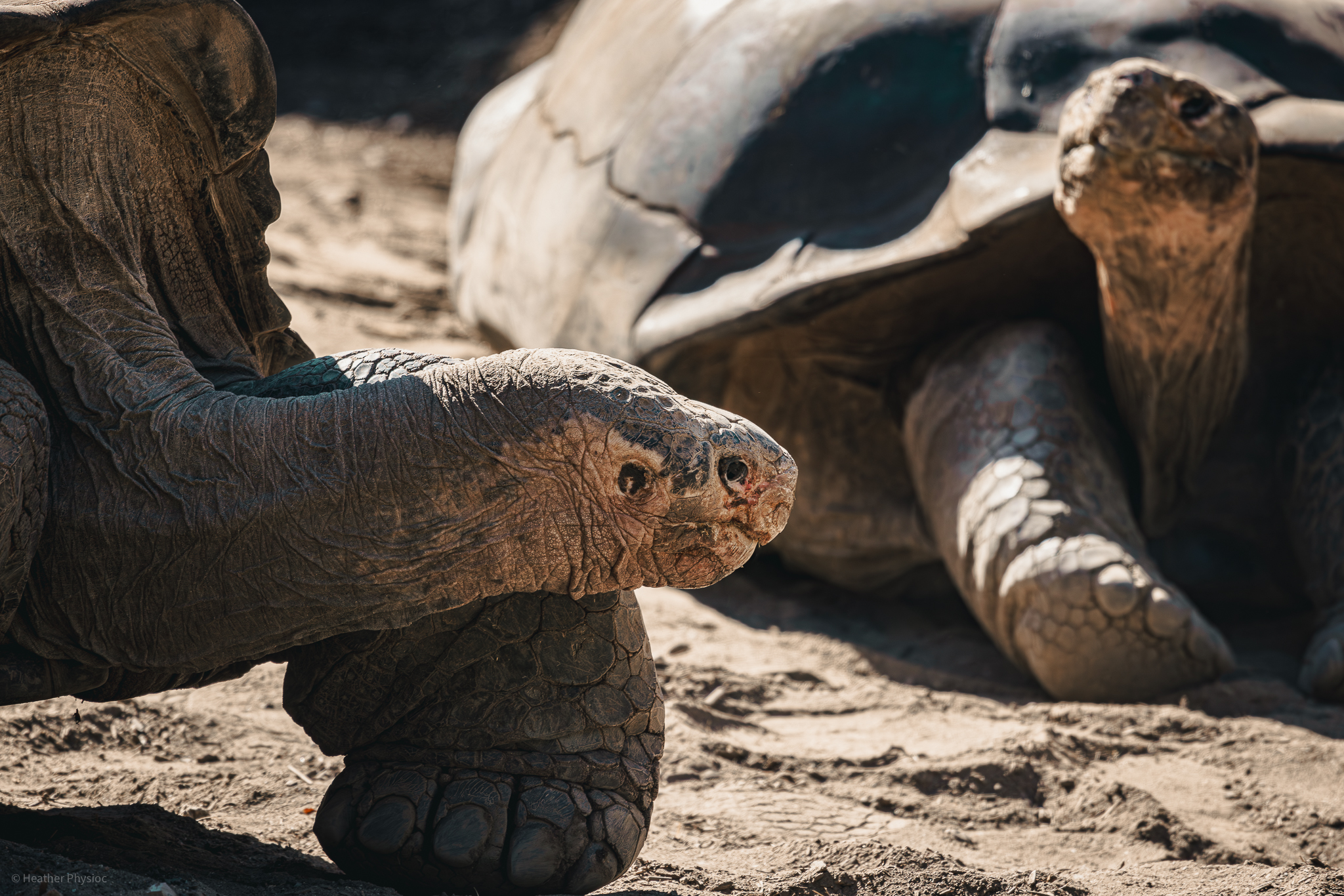

Gharial (Critically Endangered)
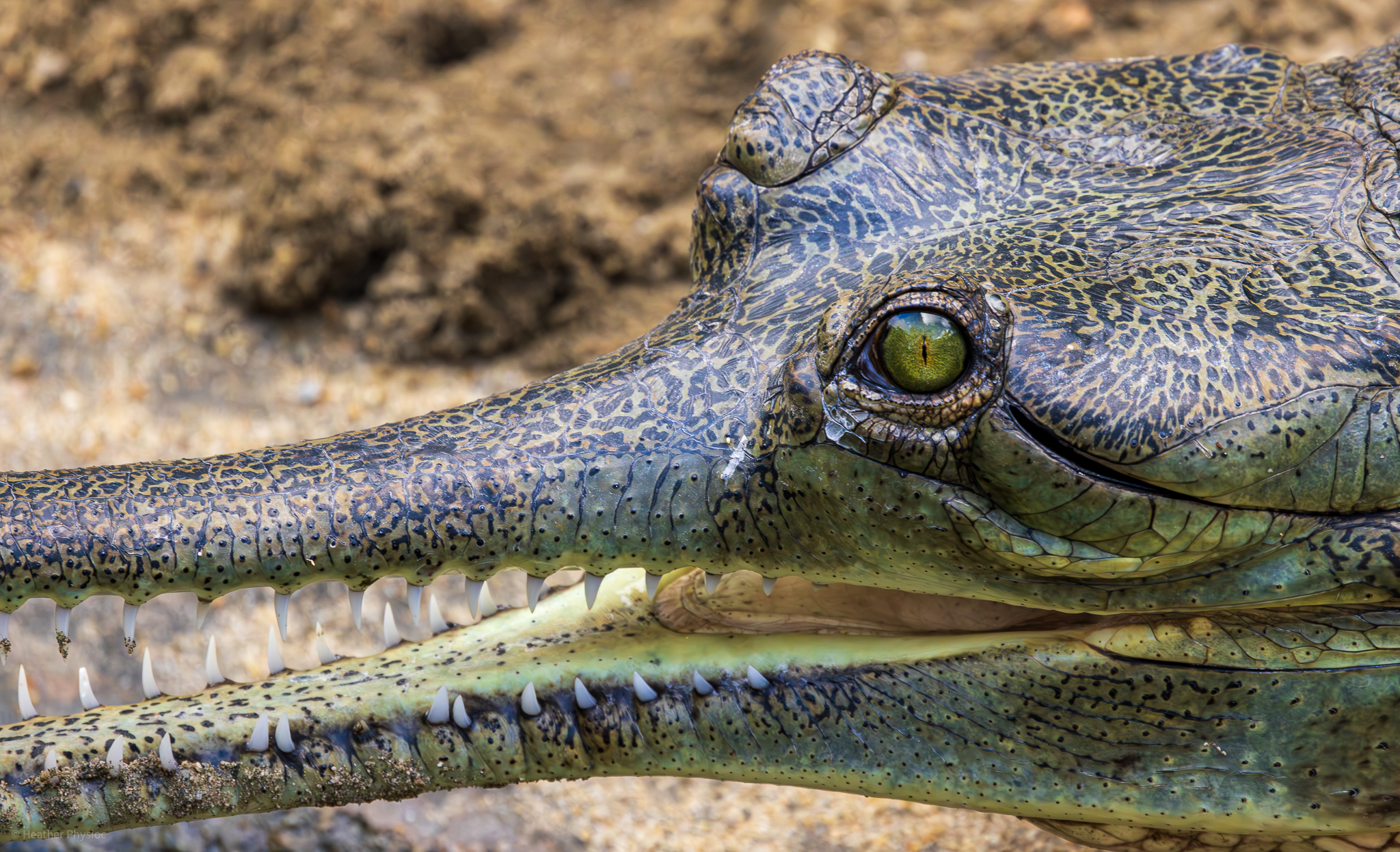
Chinese Alligator (Critically Endangered)
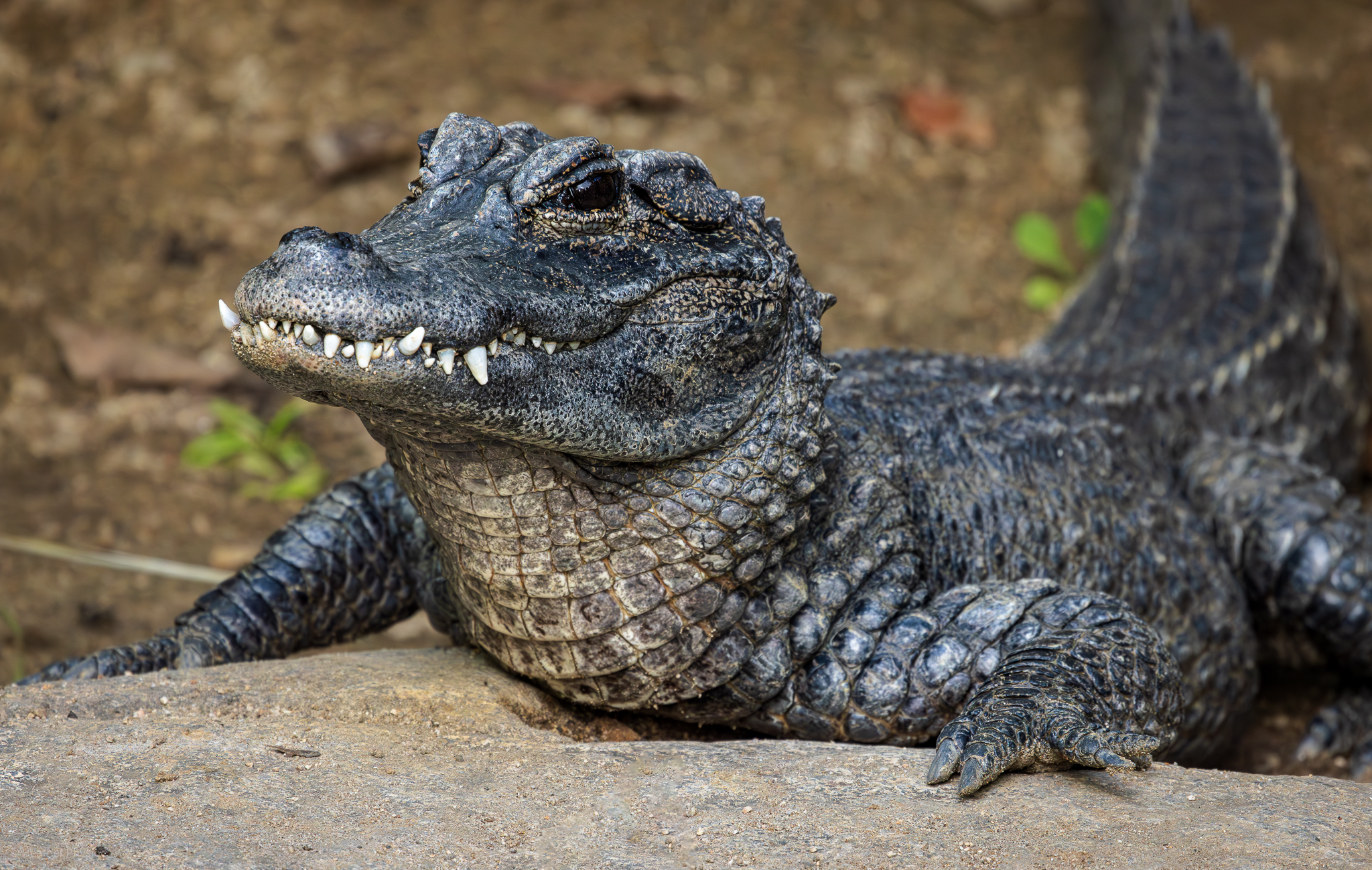
Iguana (Endangered)
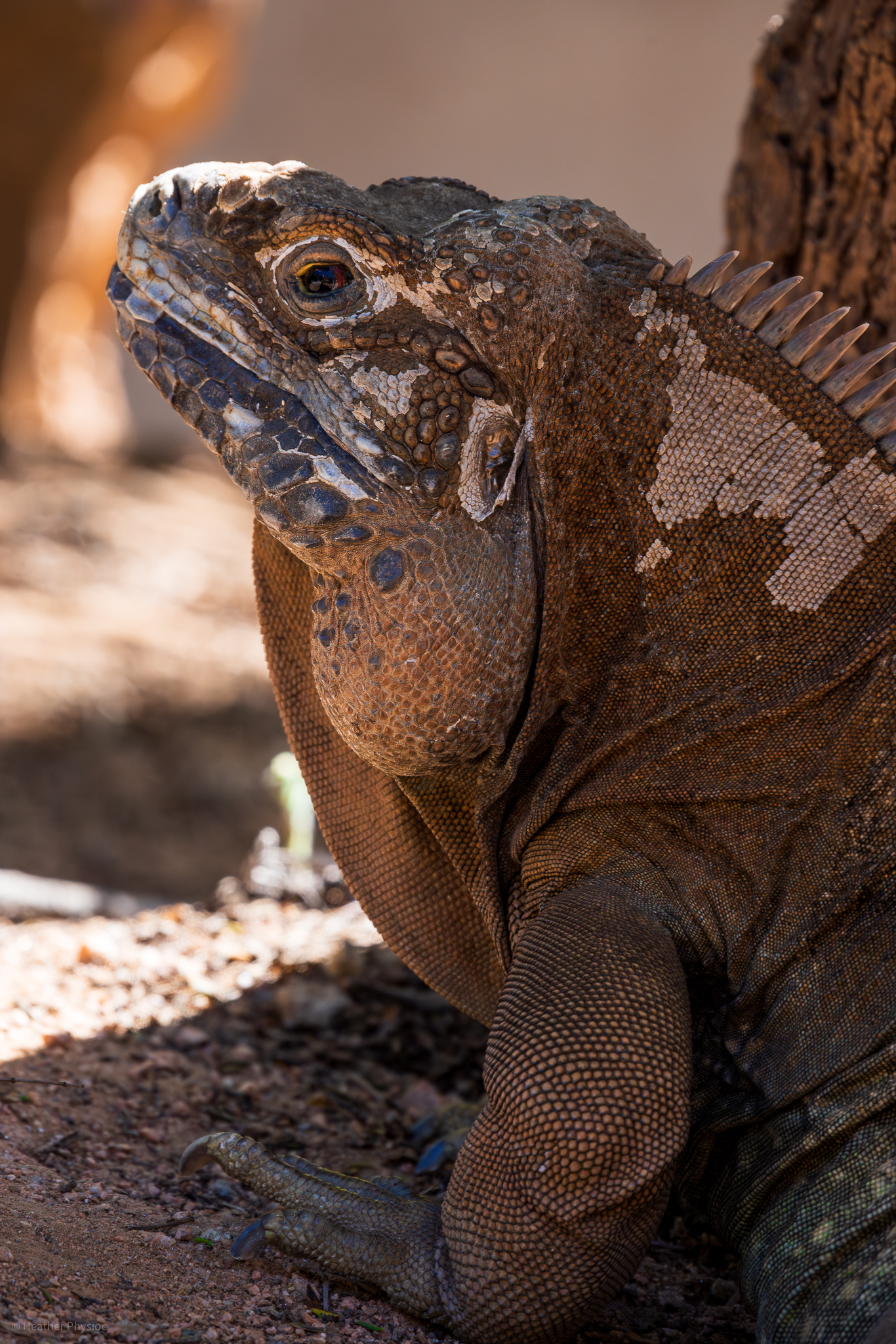
Ungulates
Elephants (Endangered)
First, a closeup of one elephant whose facial expression seems to give a subtle wink and a sly smile.
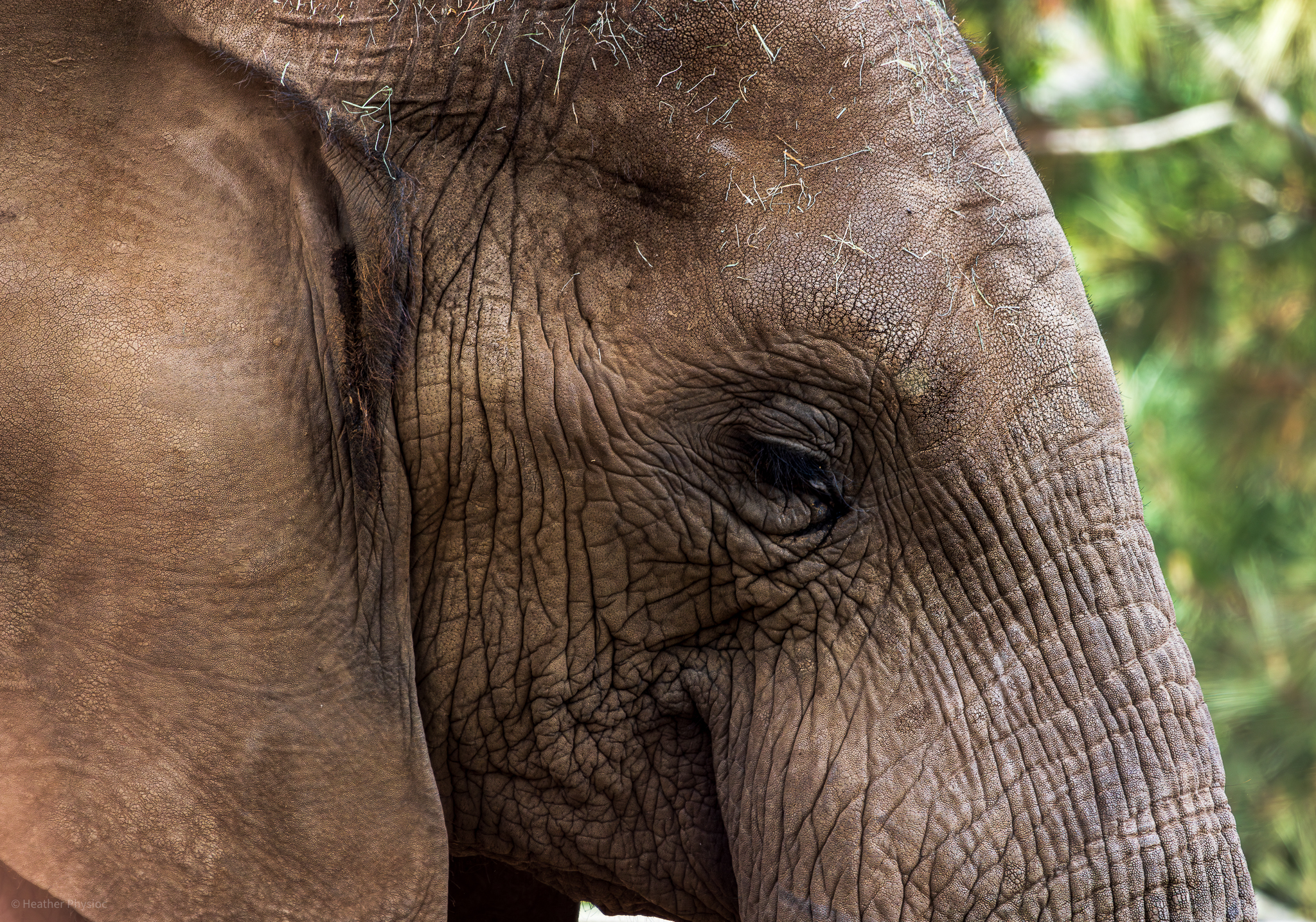
The second, an abstract black-and-white of a different elephant. This image fully appreciates every wrinkle, every hair, every smudge, every notch in its tusks.

Grevy’s Zebra (Endangered)
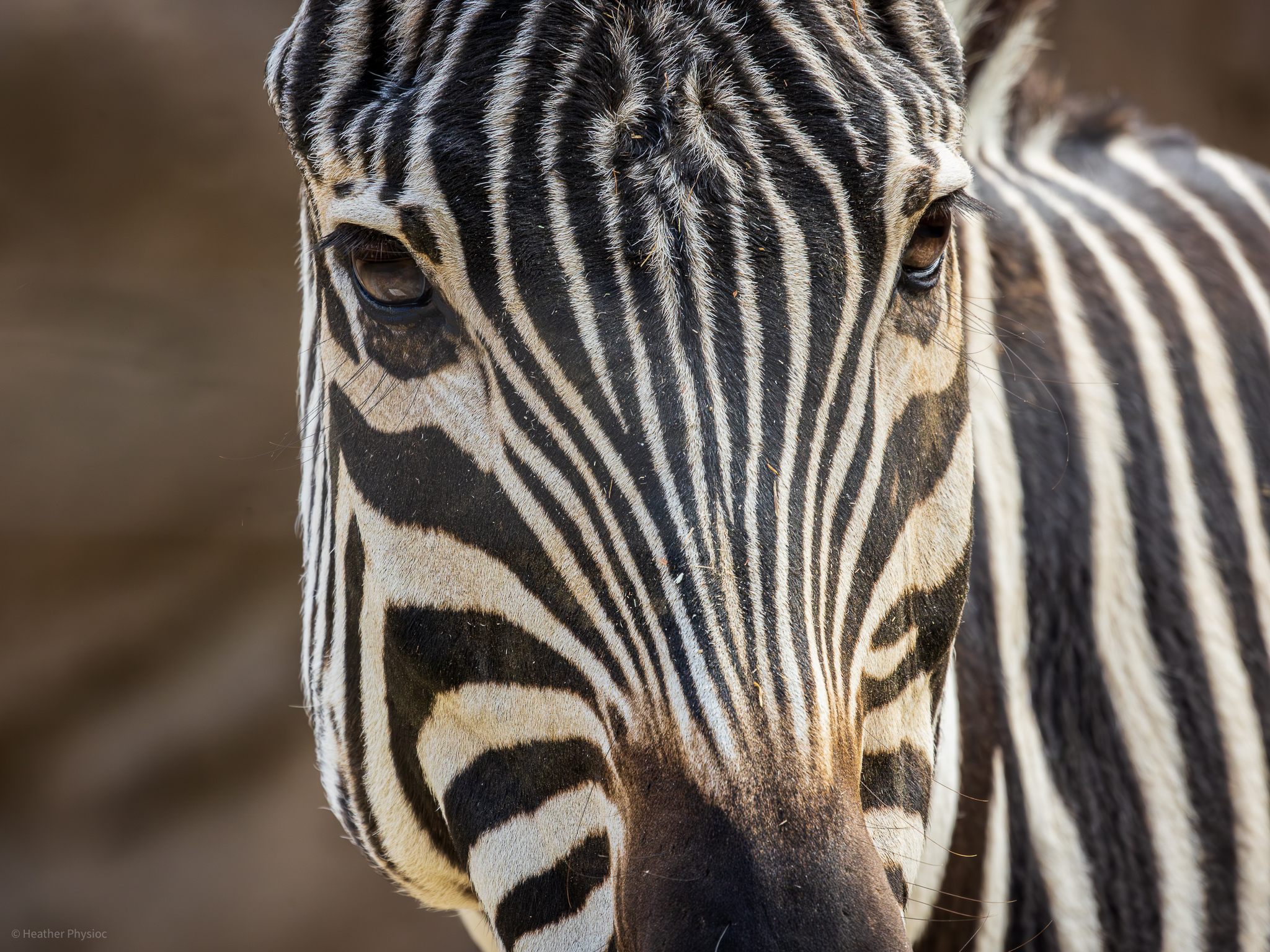
Masai Giraffe (Endangered)

Red River Hog
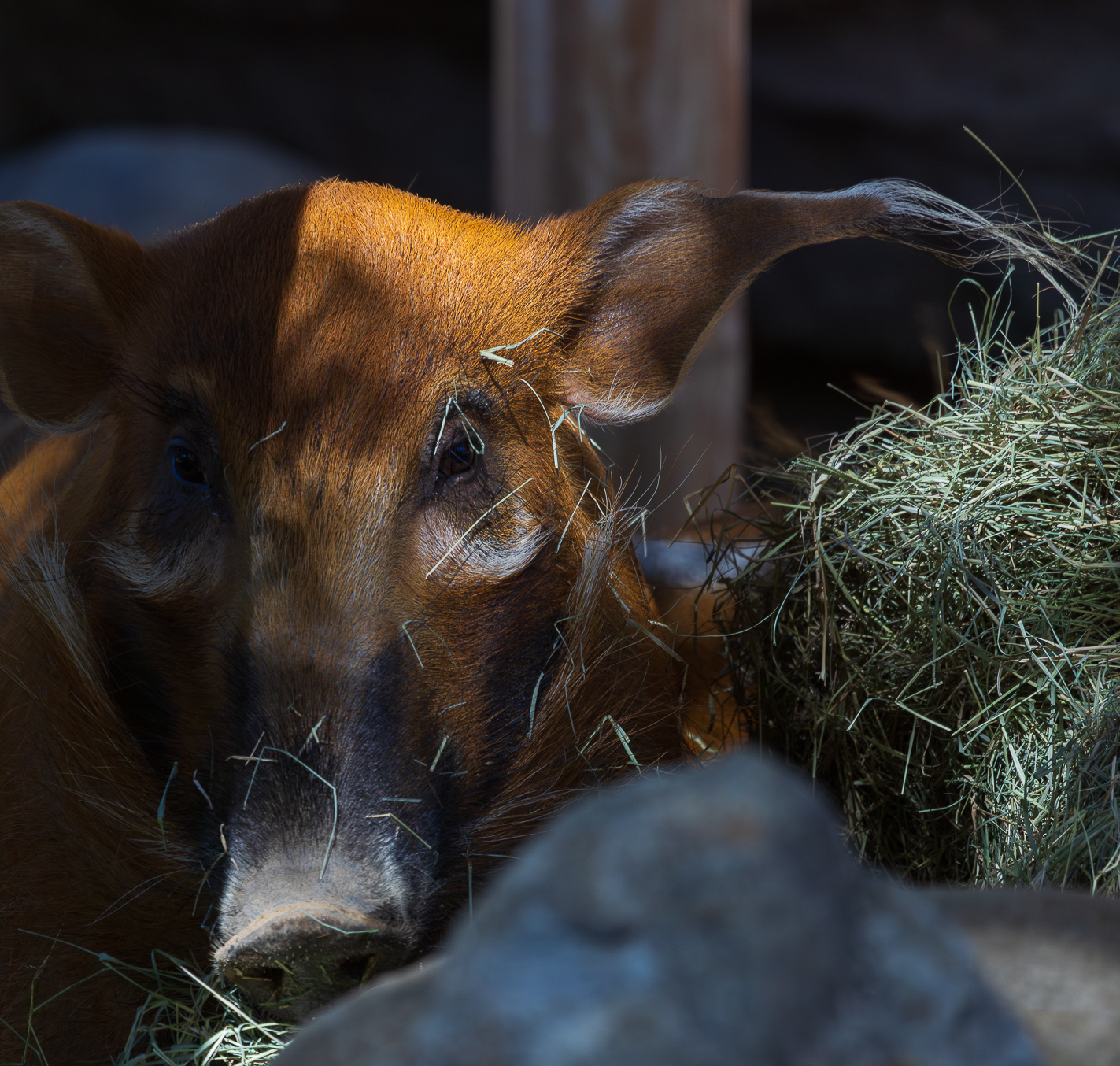
Canids
Fennec Fox

Maned Wolf (Near Threatened to Endangered)
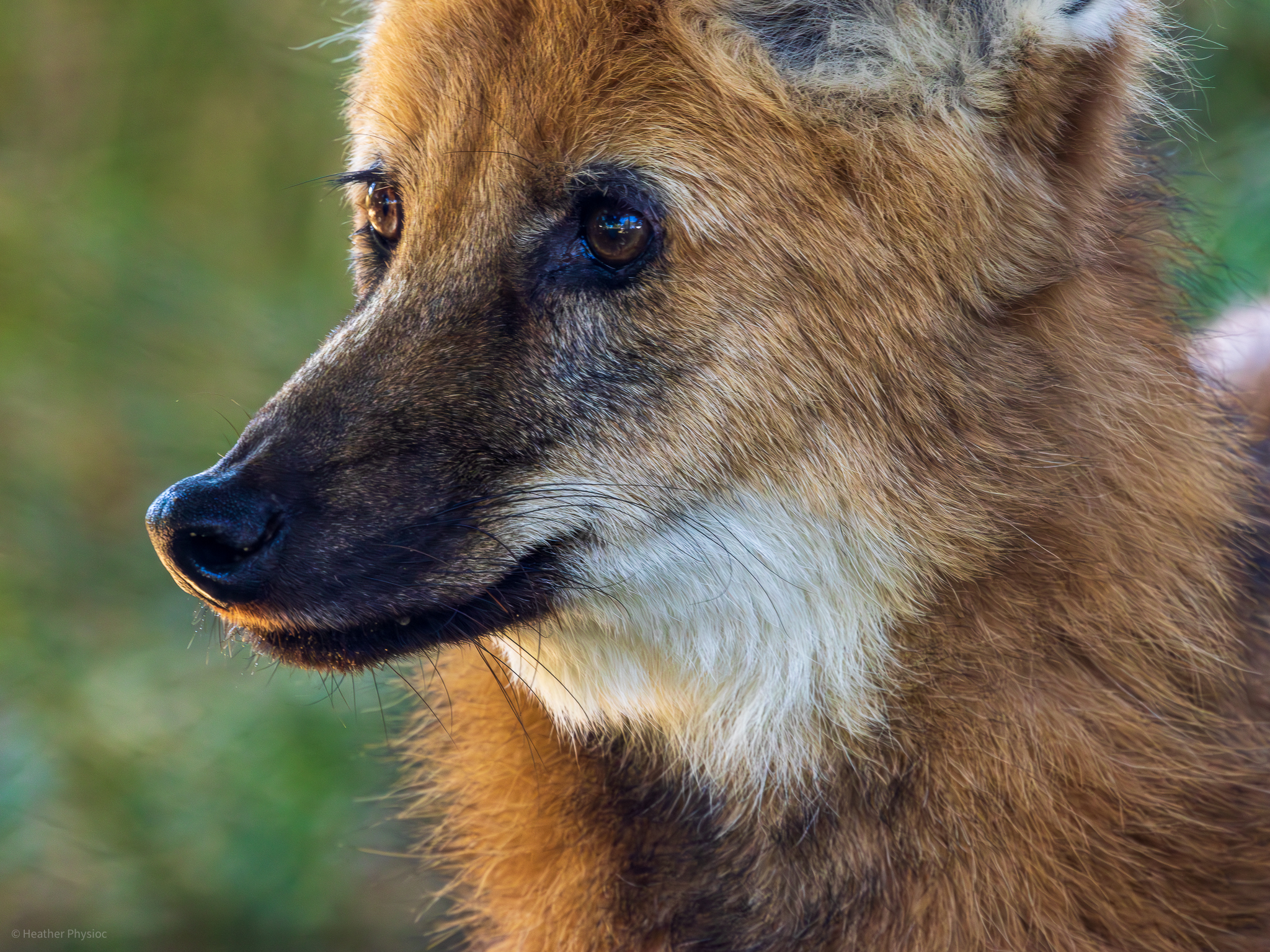
Mongooses
Dwarf Mongoose
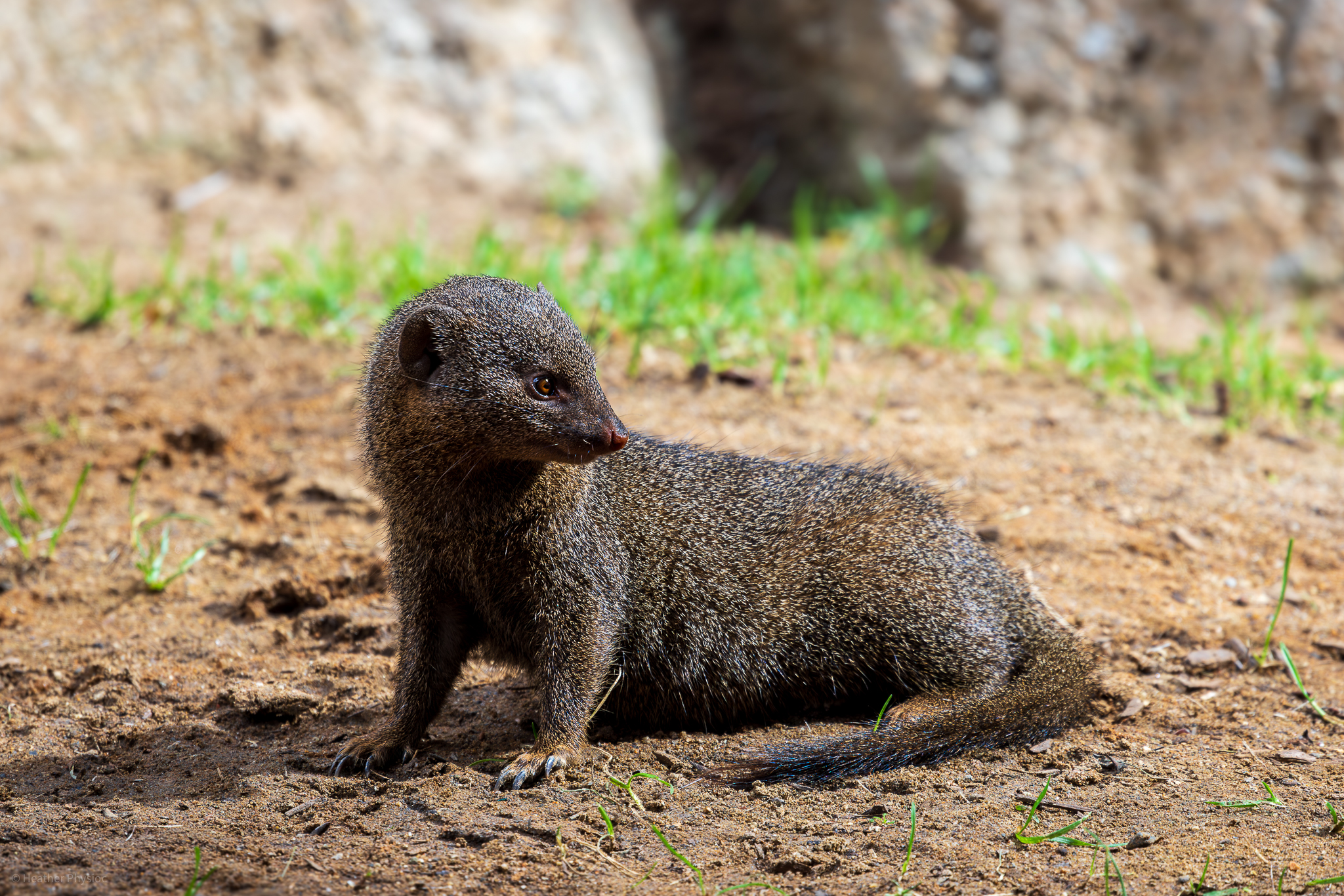
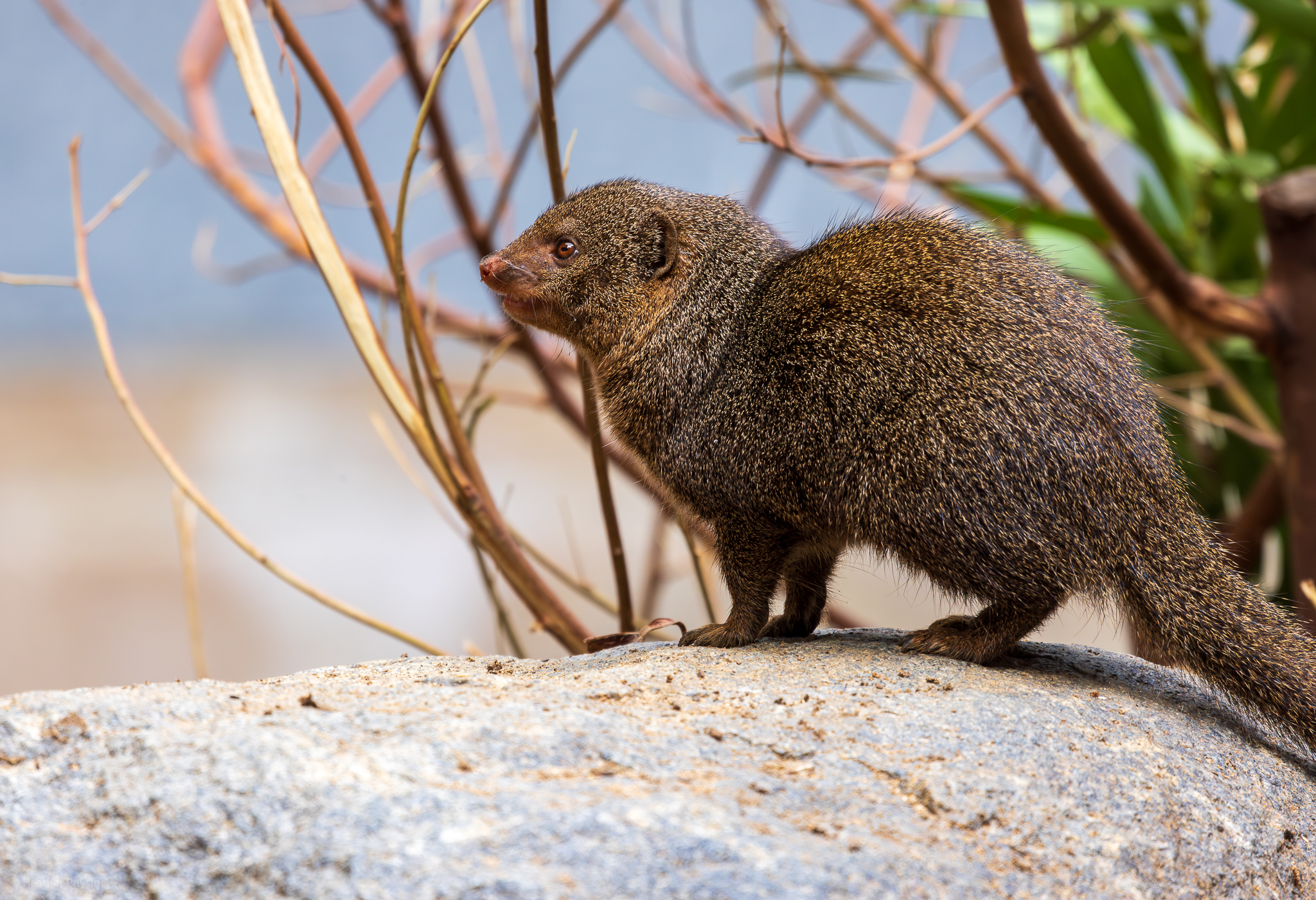
Meerkat
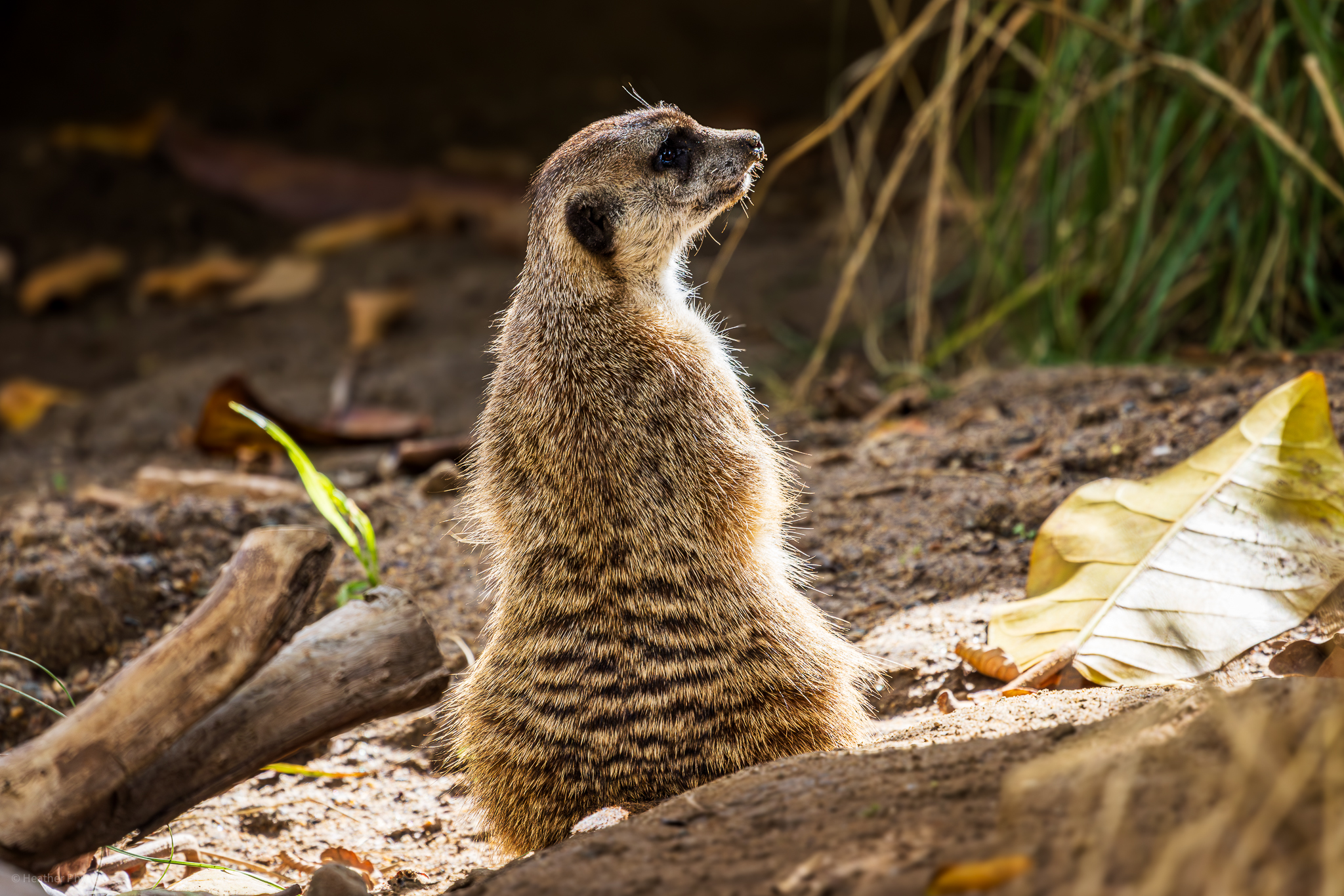
Other Mammals
Koalas (Vulnerable to Endangered)
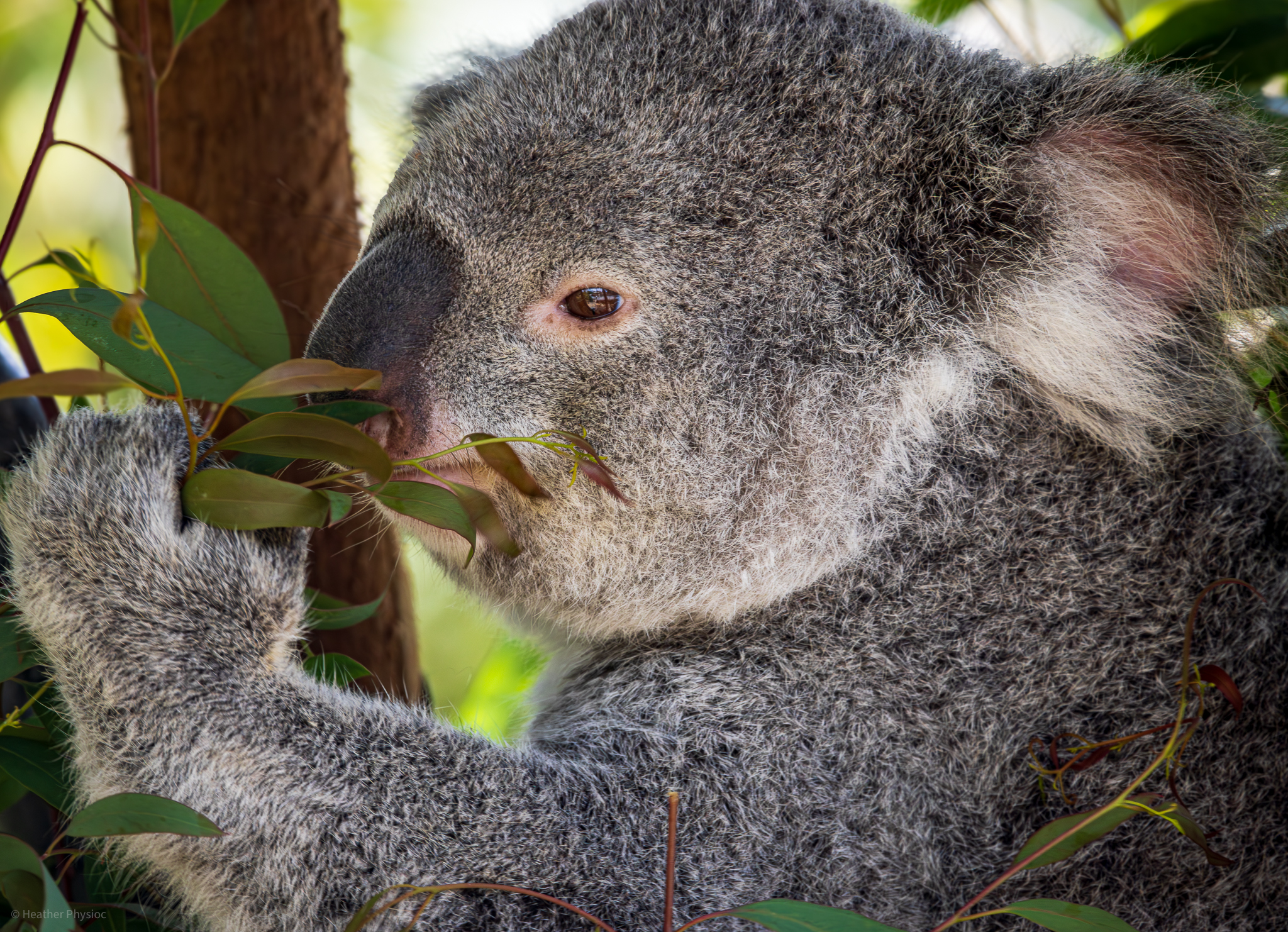
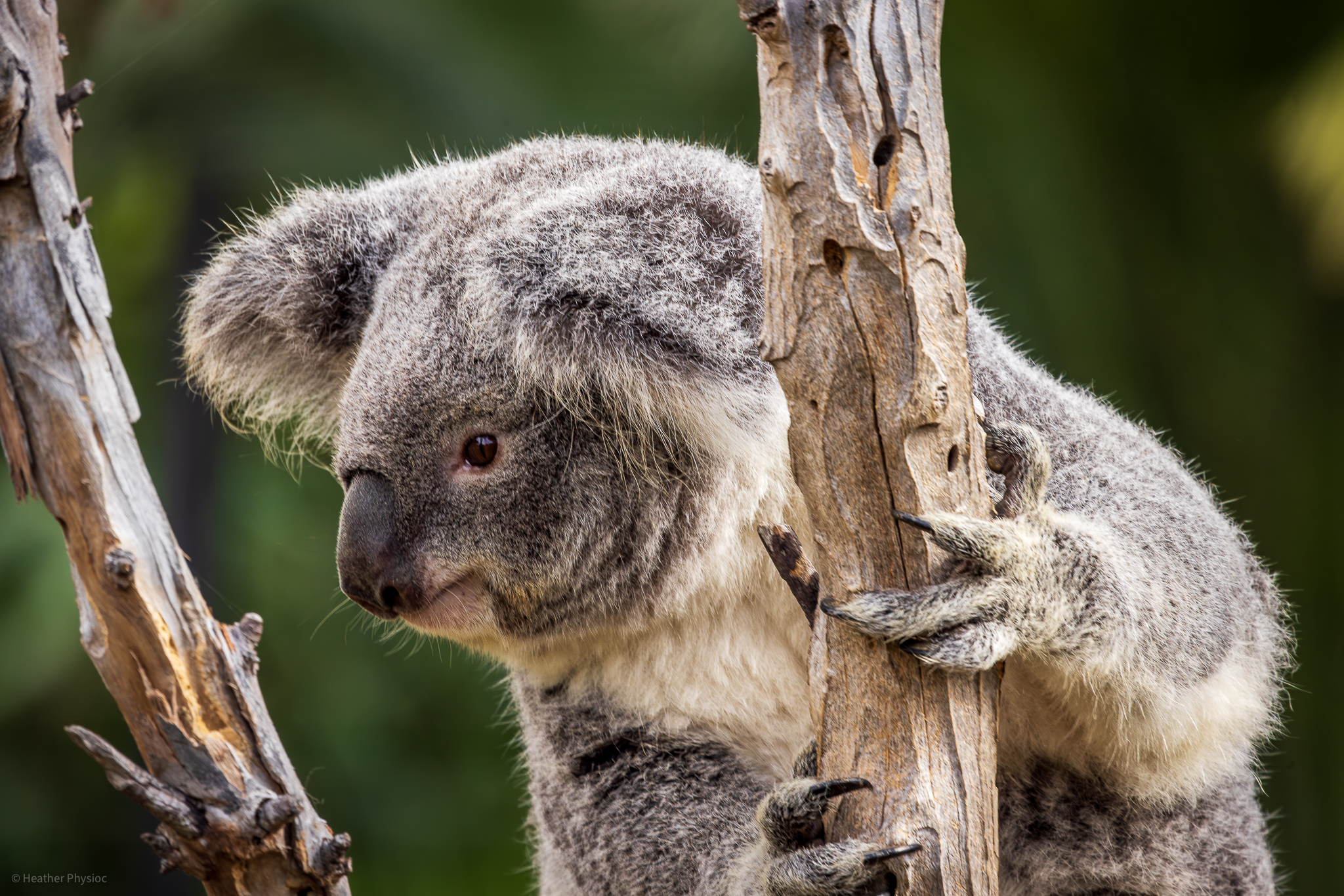
Red Panda (Endangered)
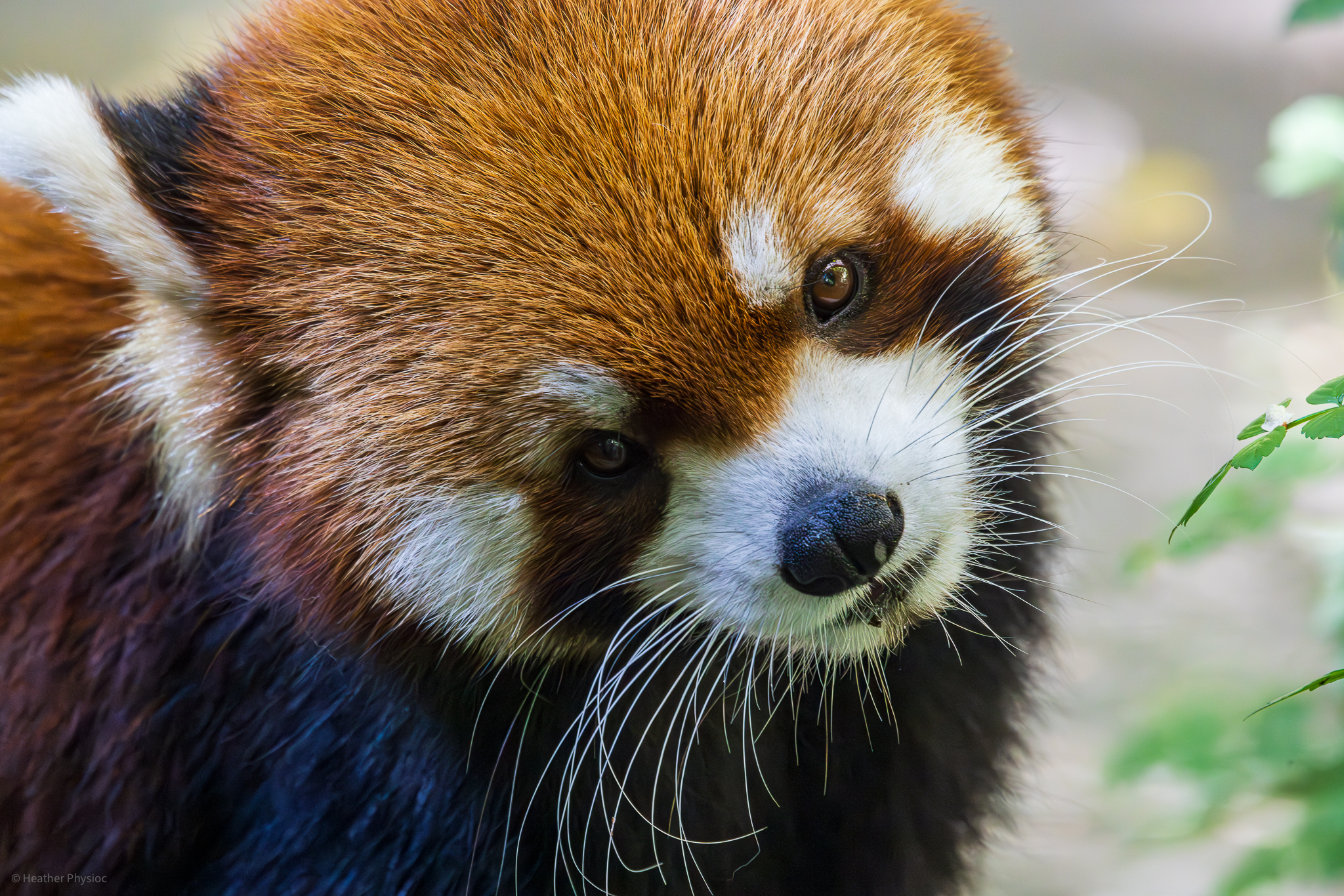
Spectacled Bear (Endangered)
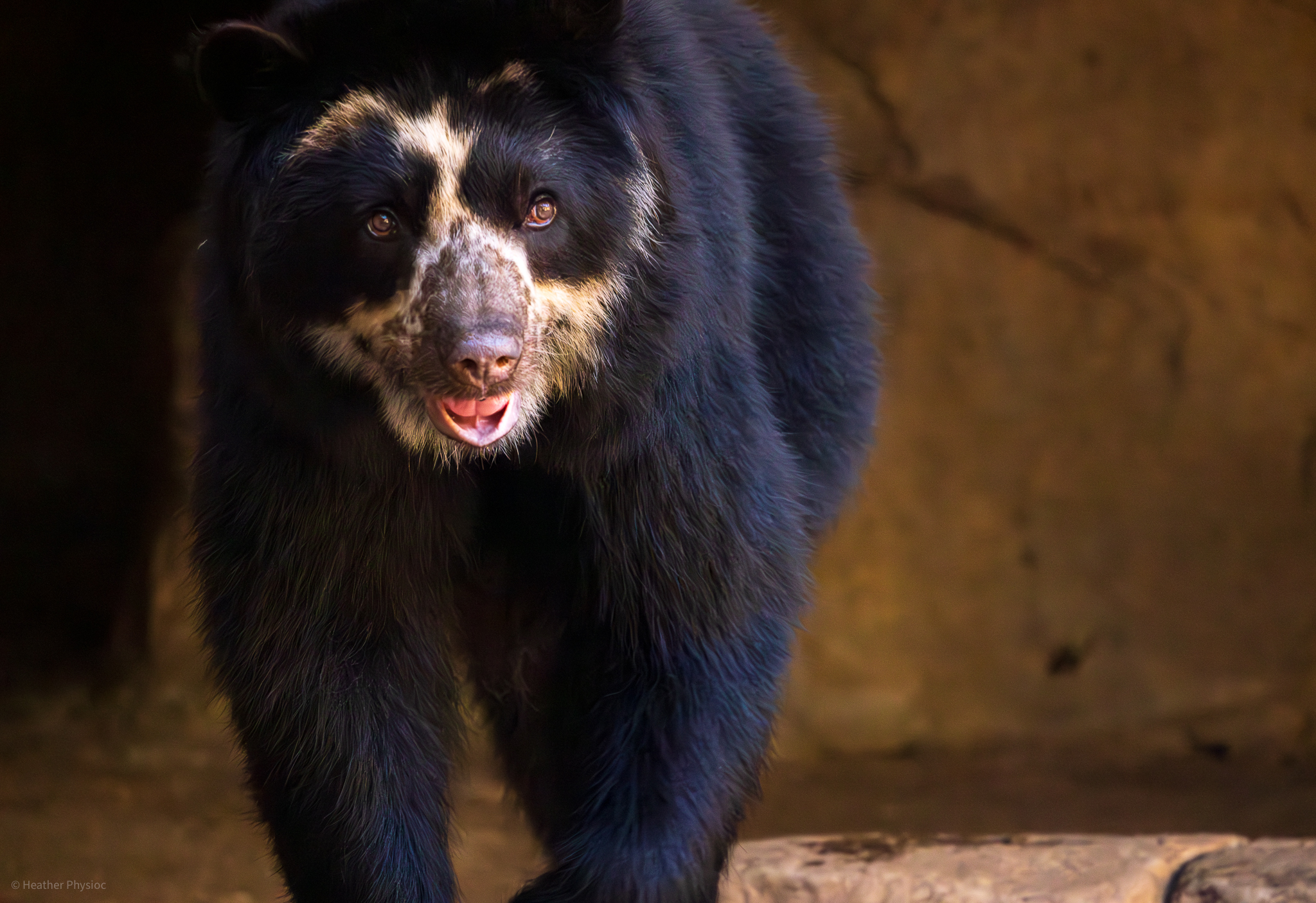
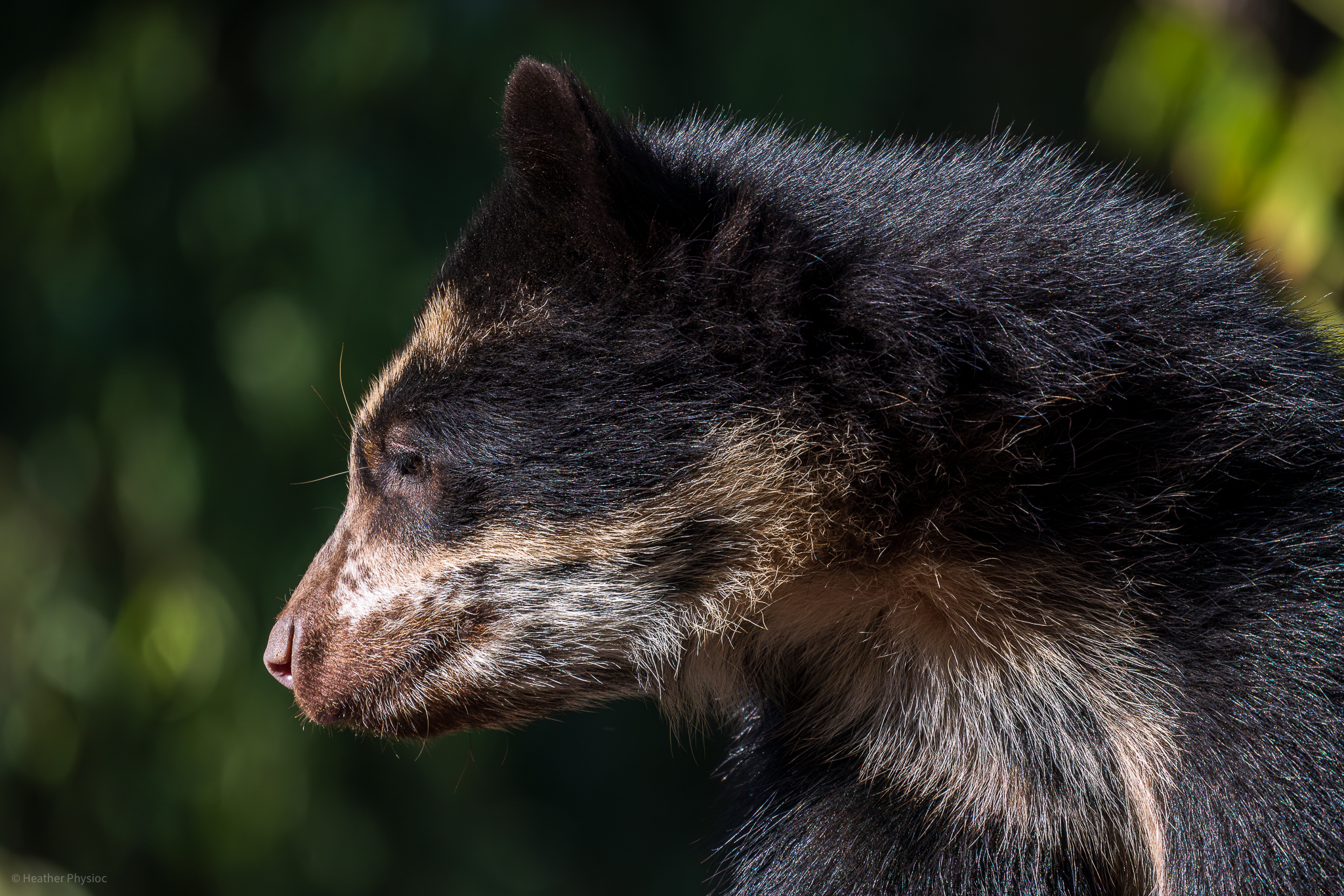
Rock Hyrax
Finally, a rock hyrax blending in with fellow rocks.
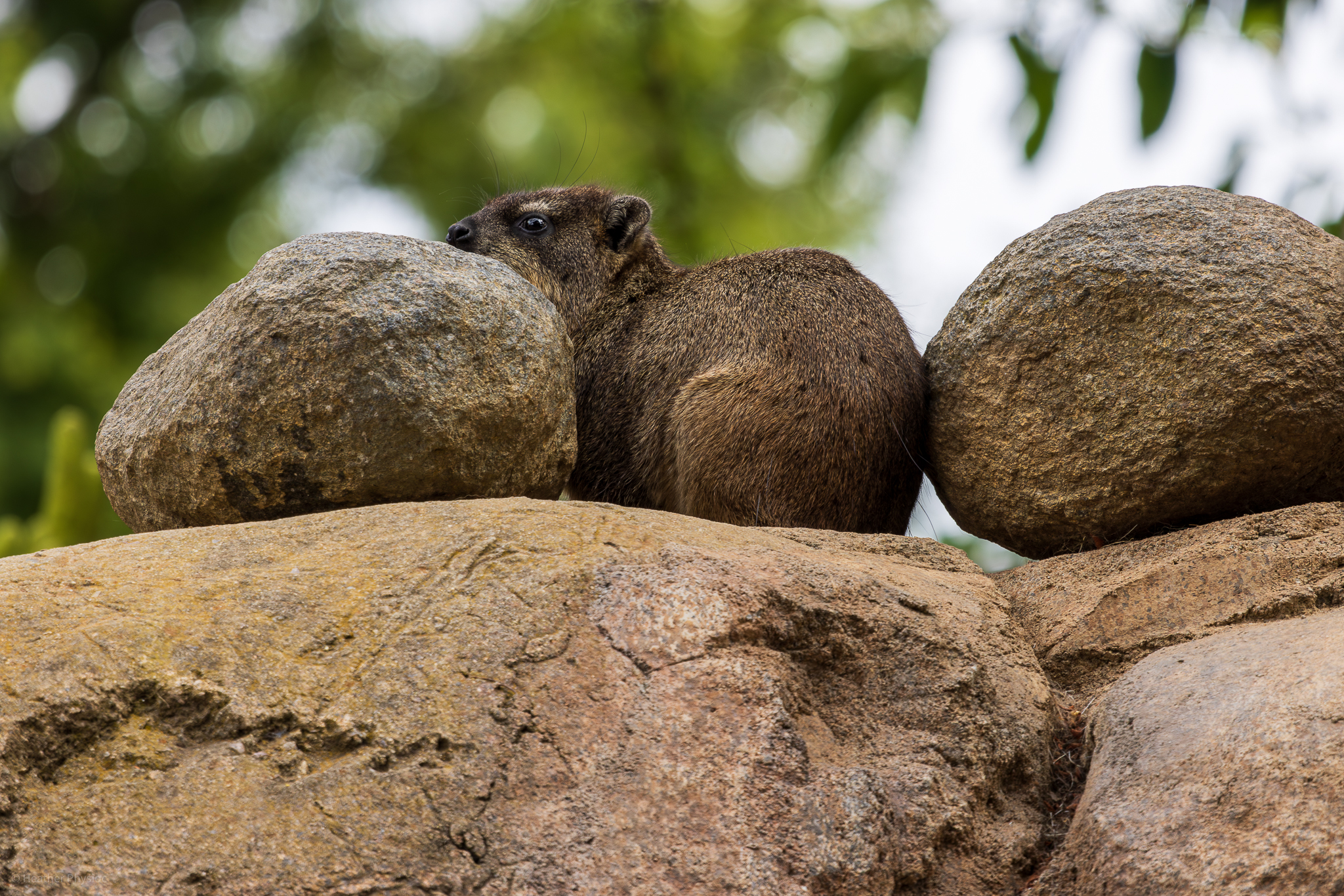
All images were made with my Canon EOS R5 using the RF600mm f11 lens.
